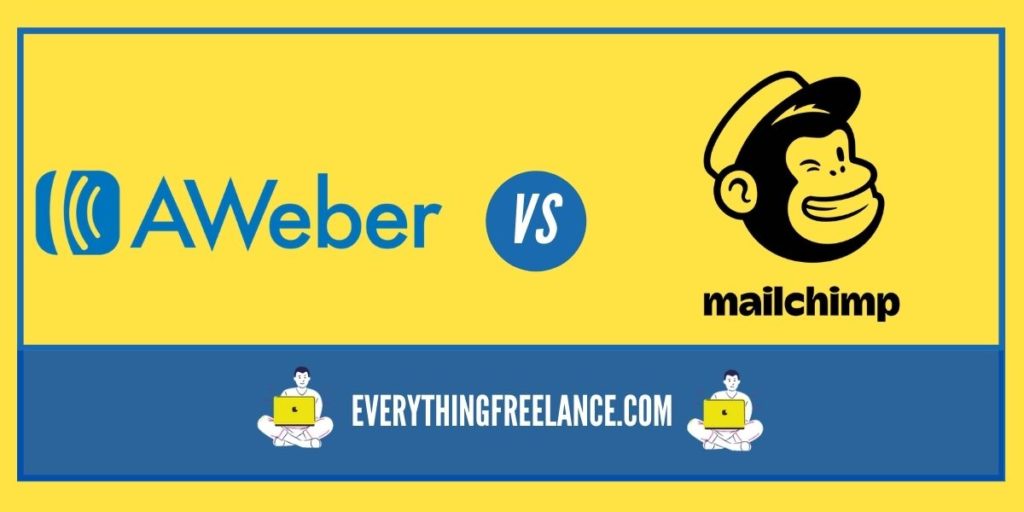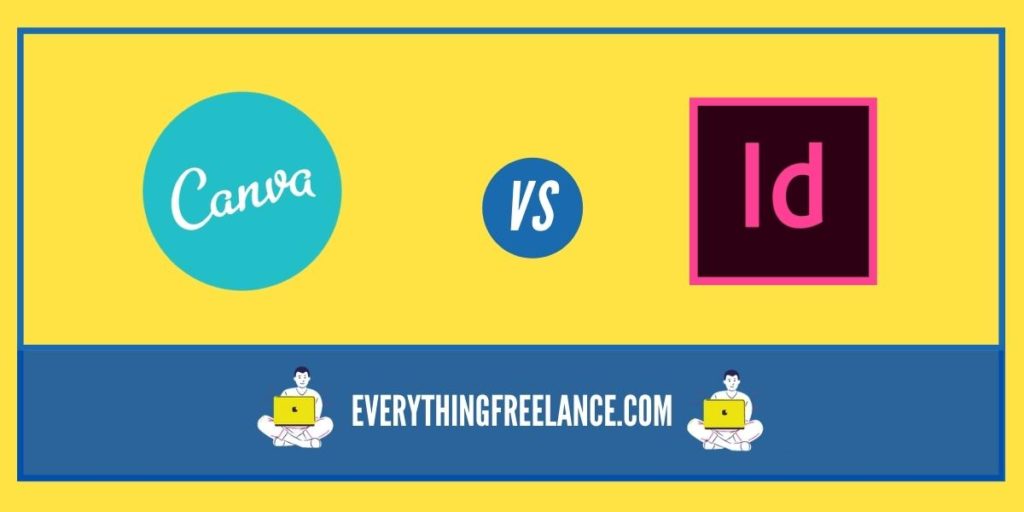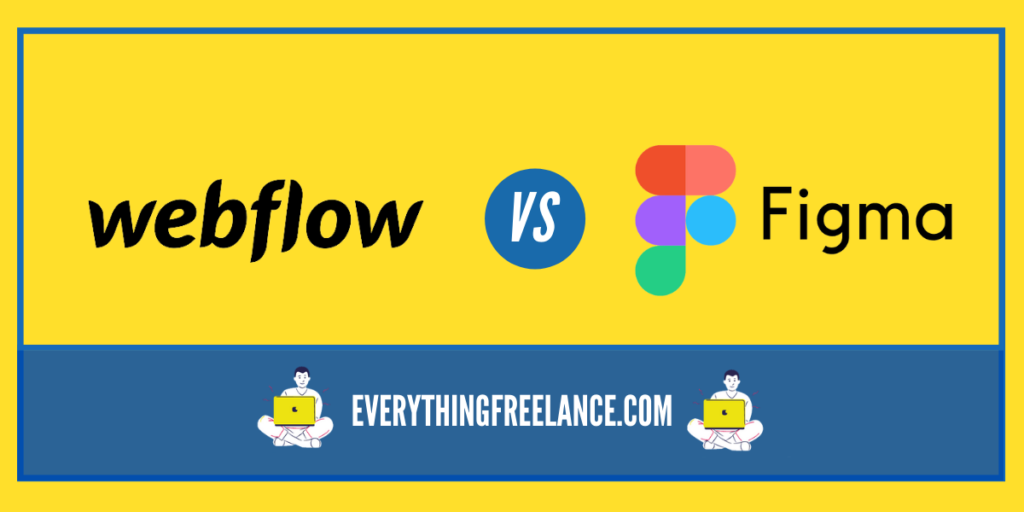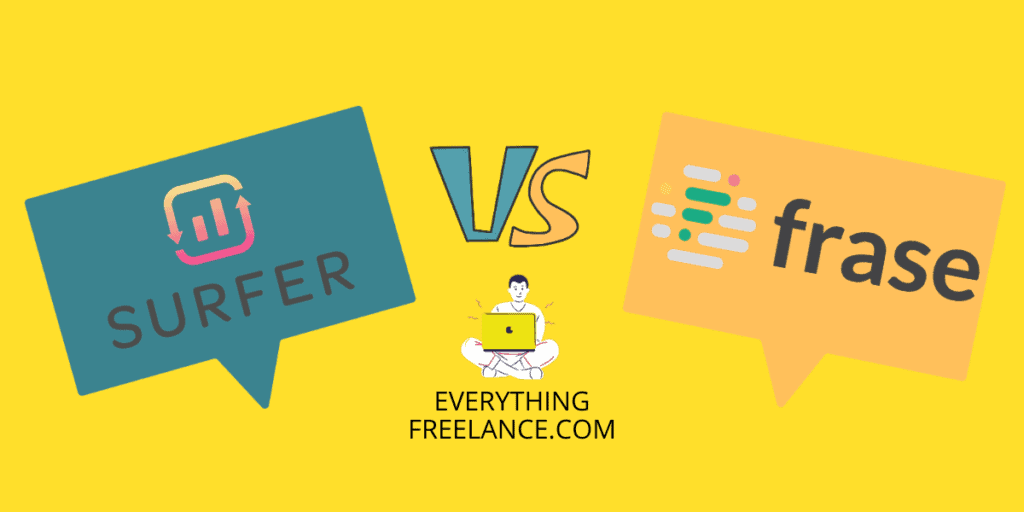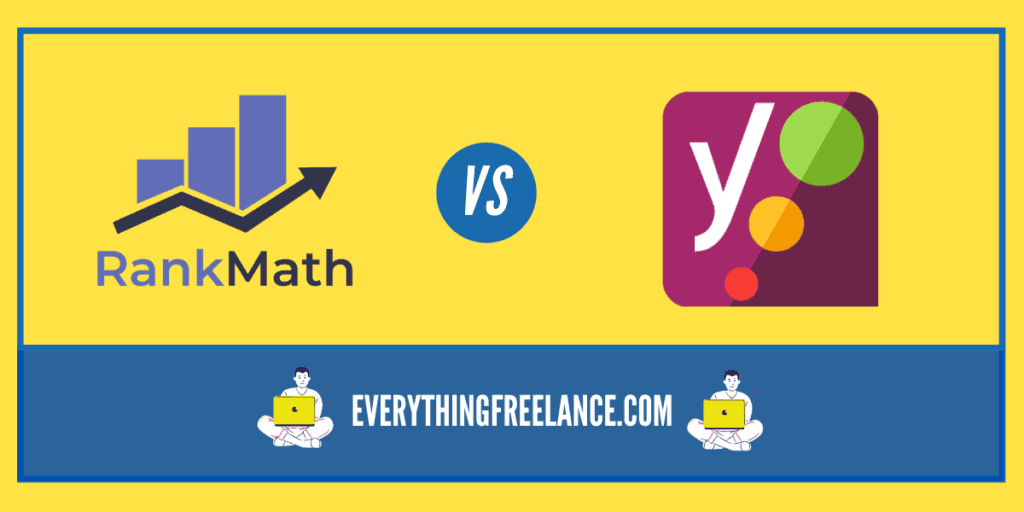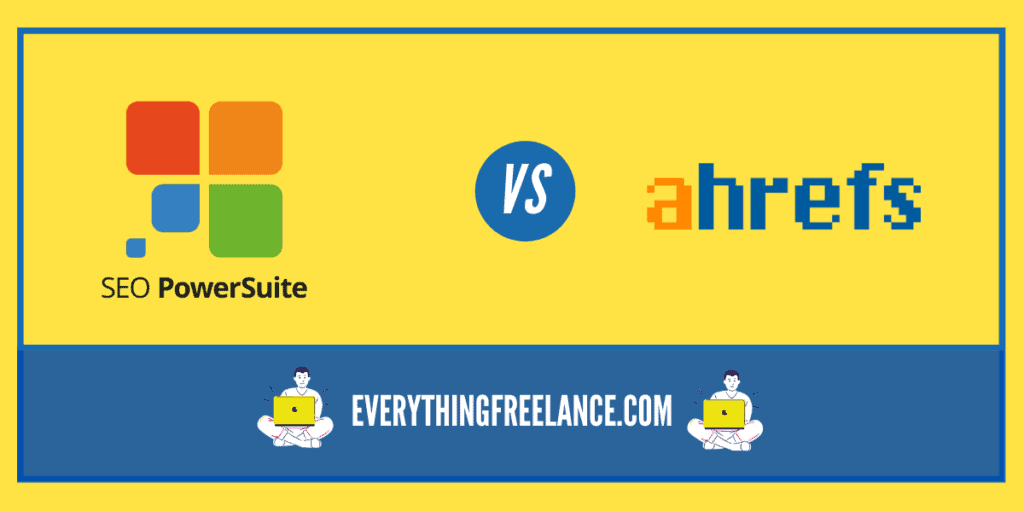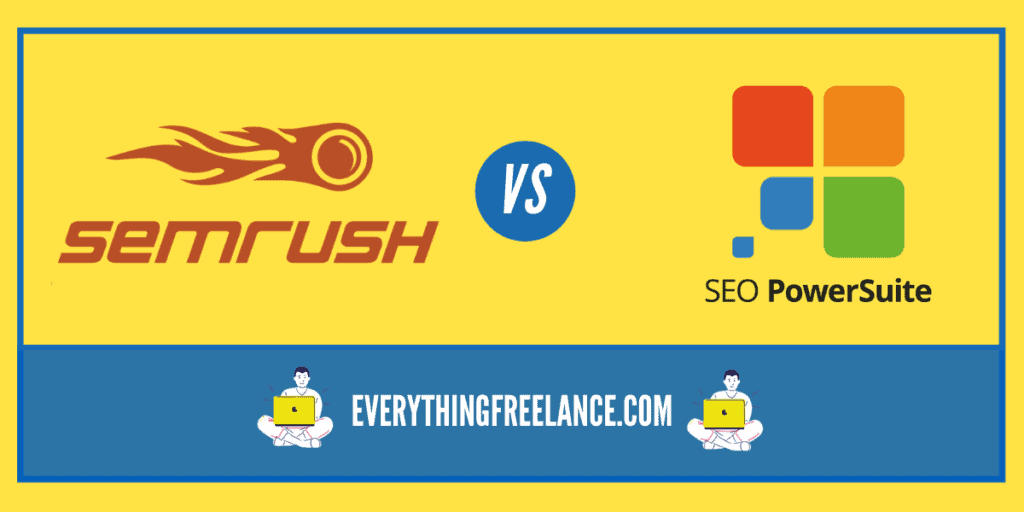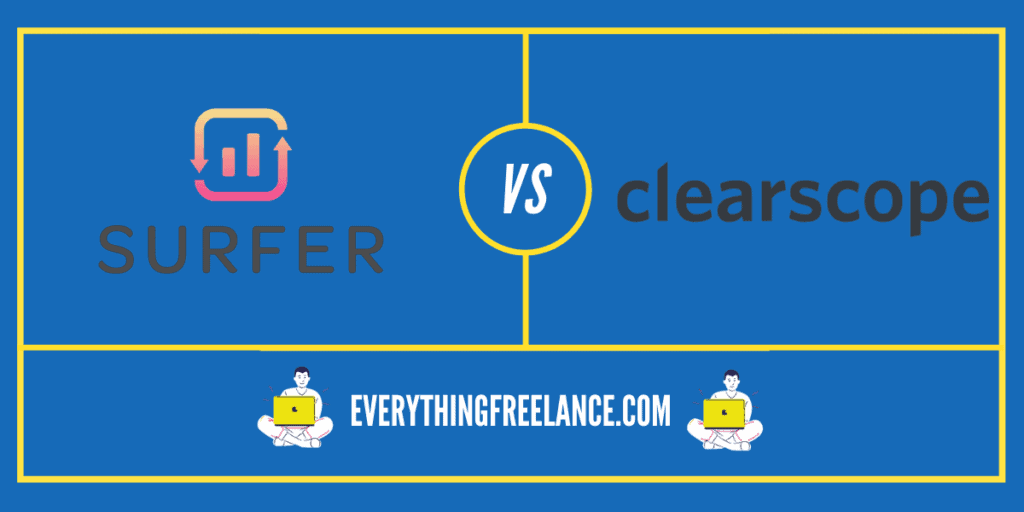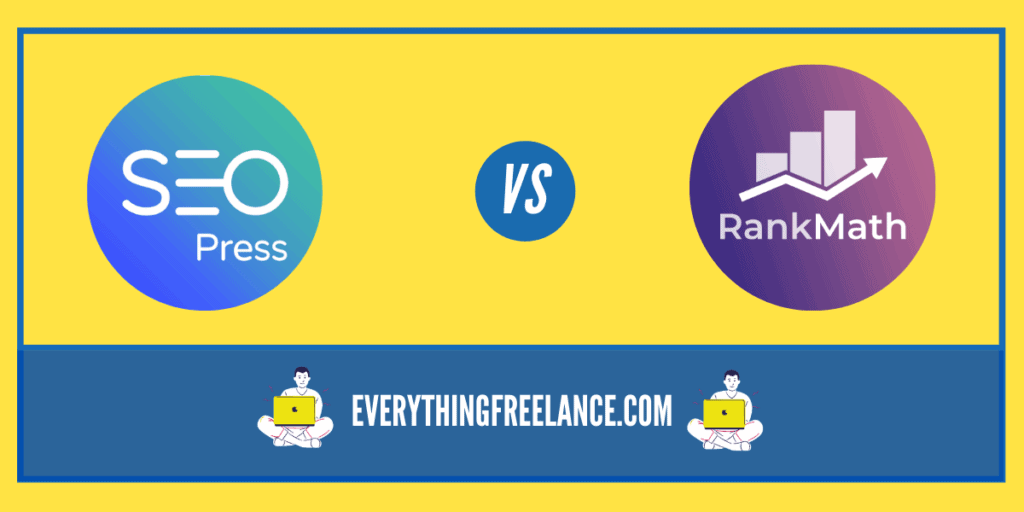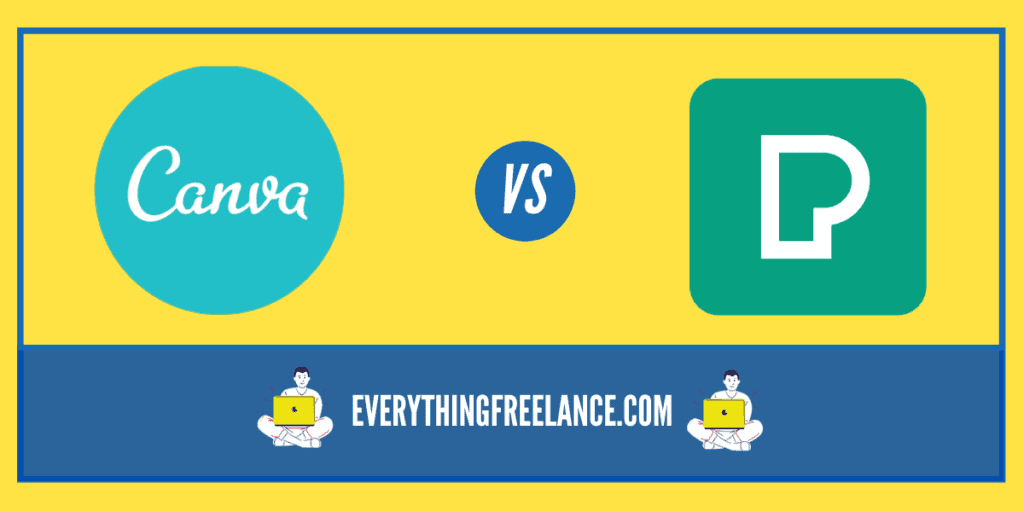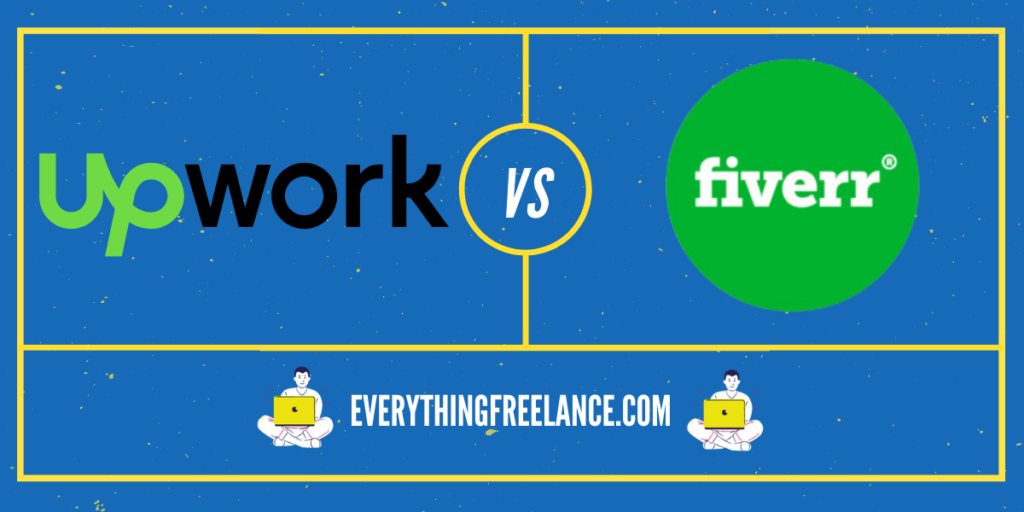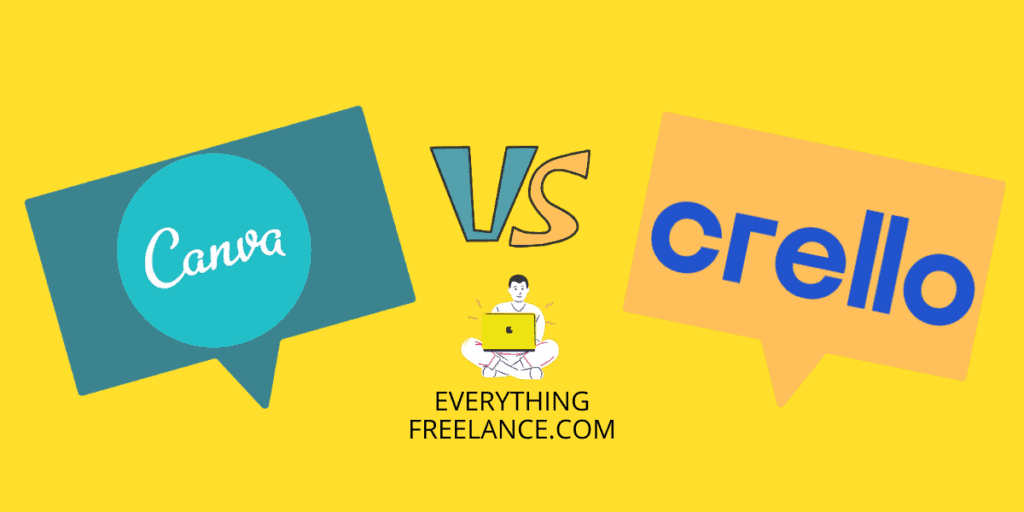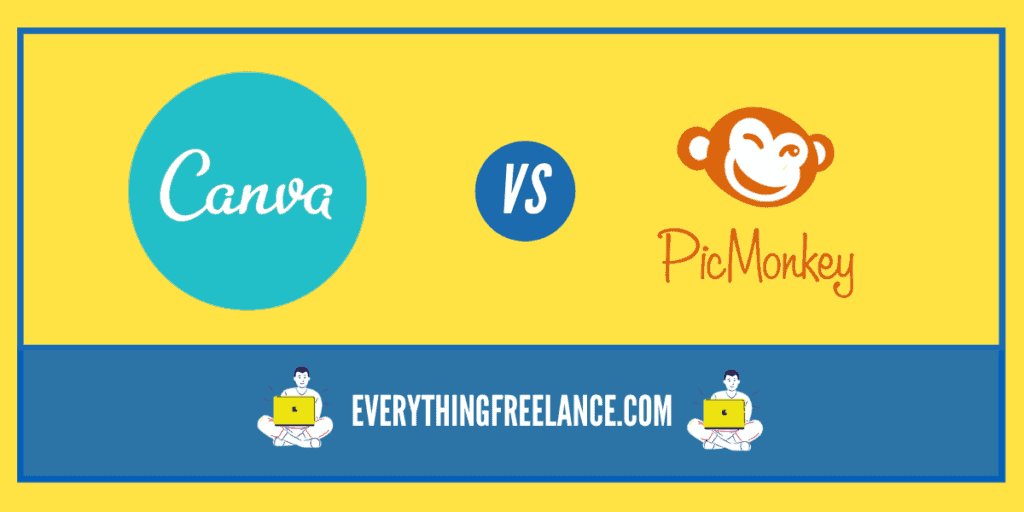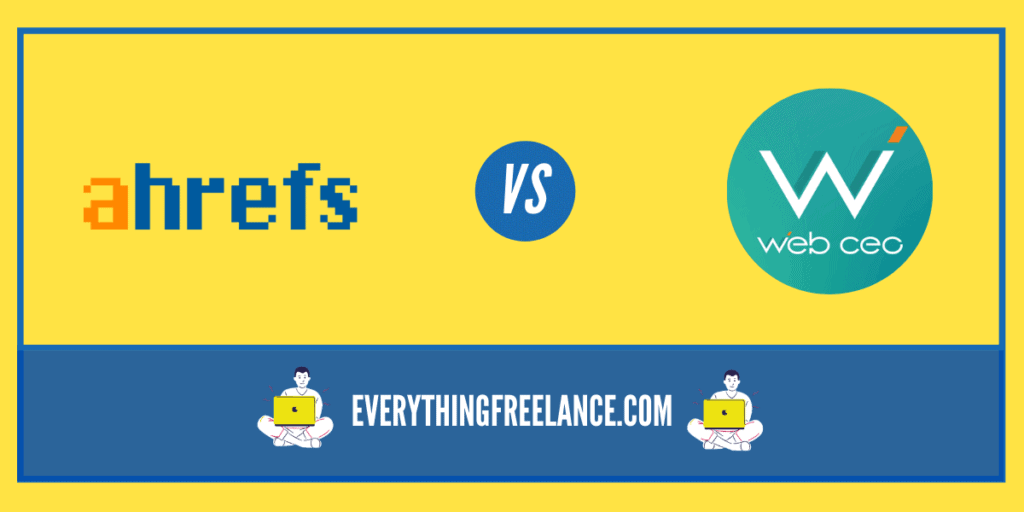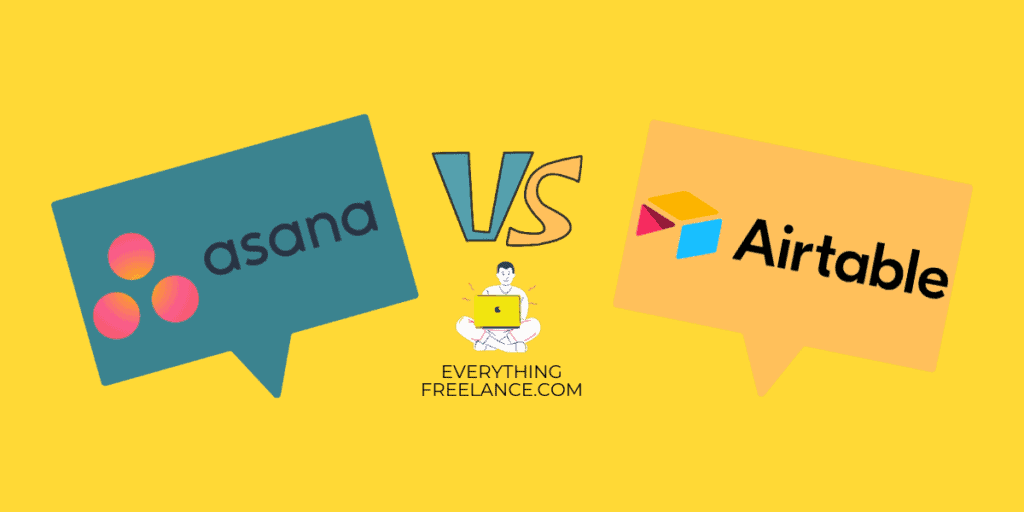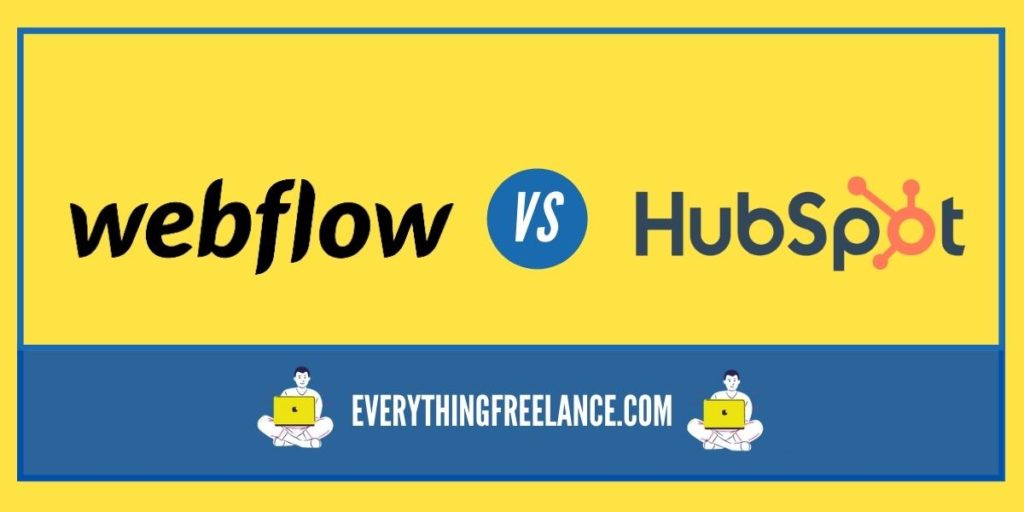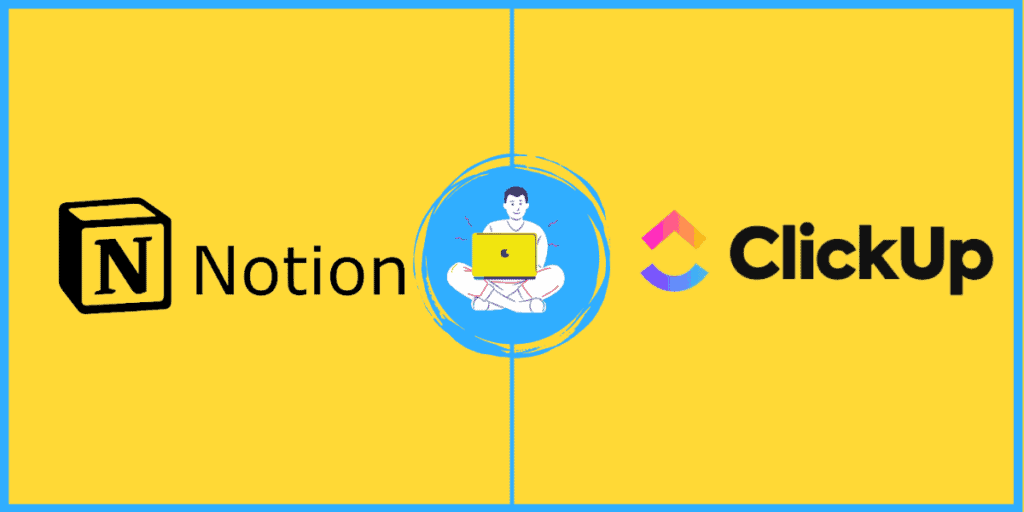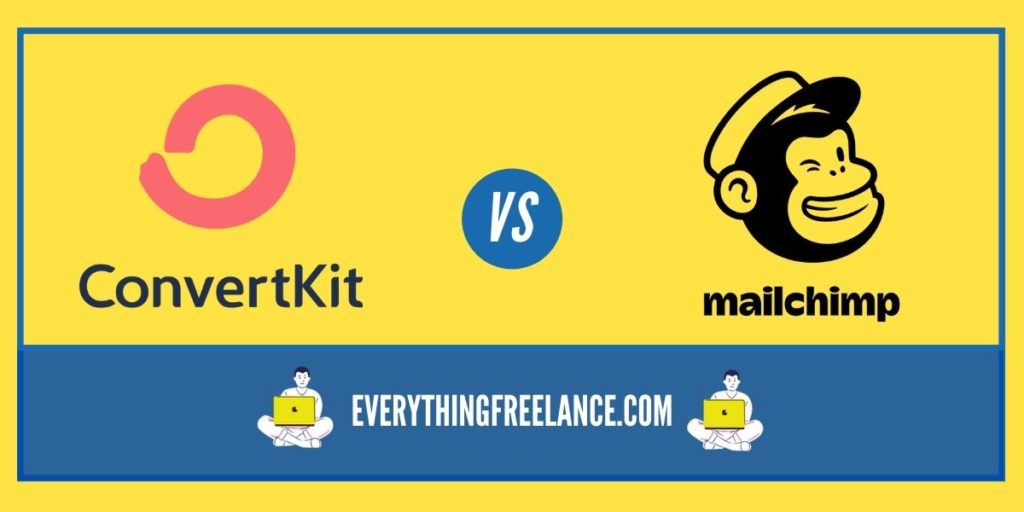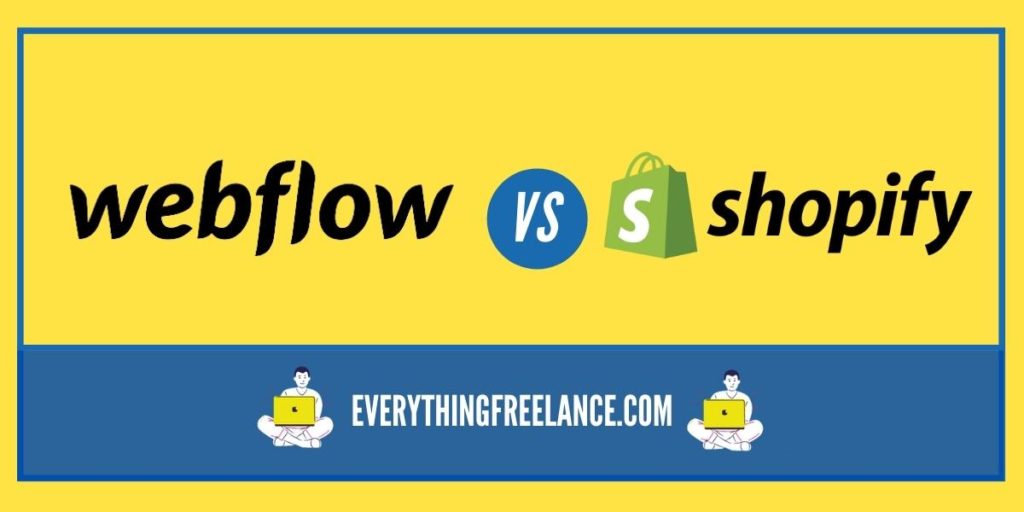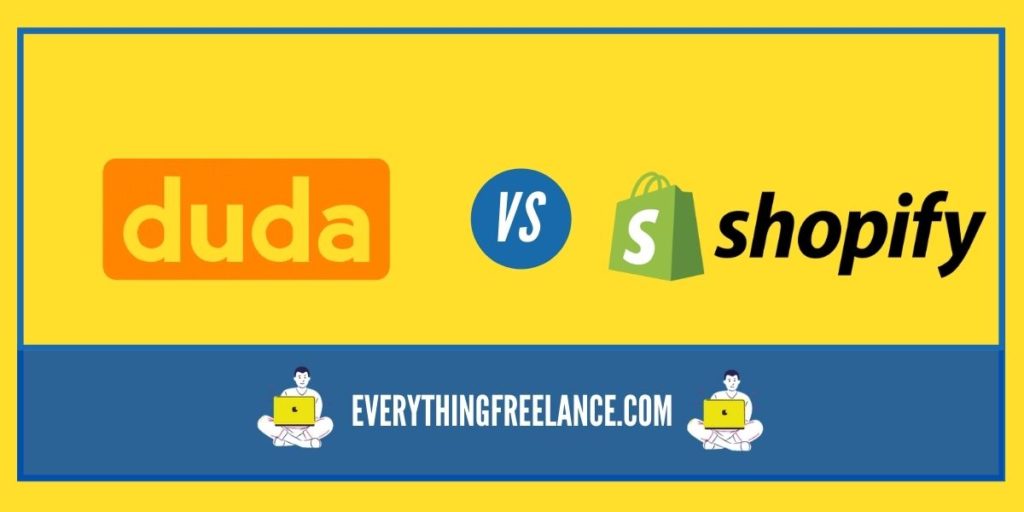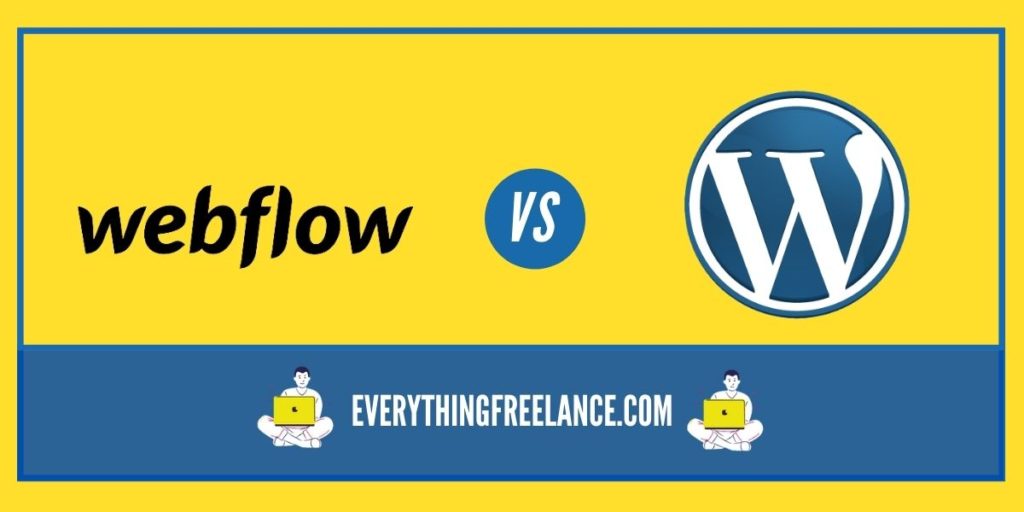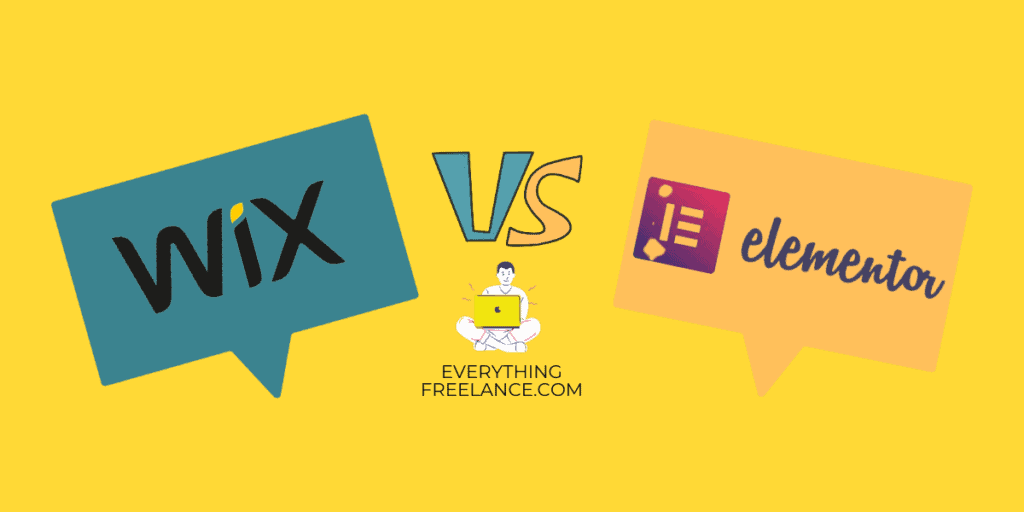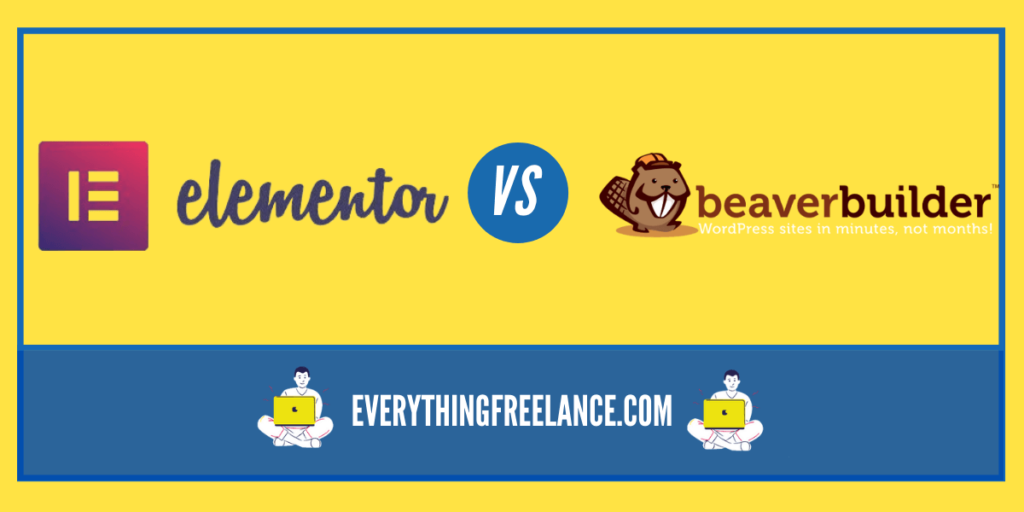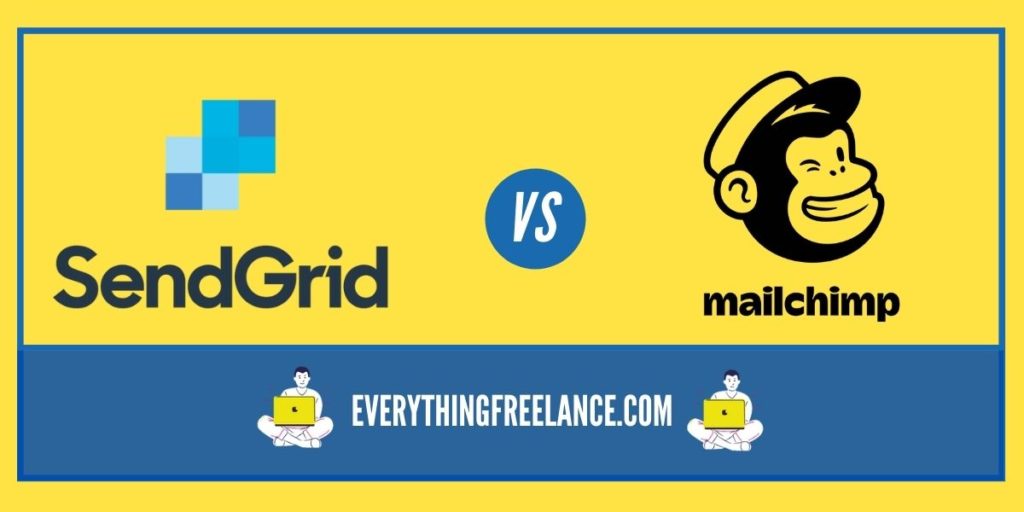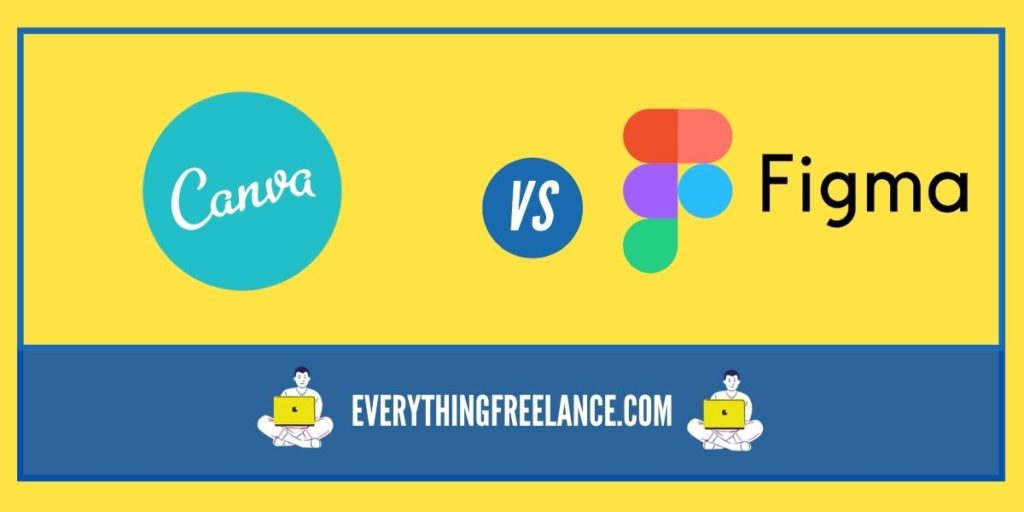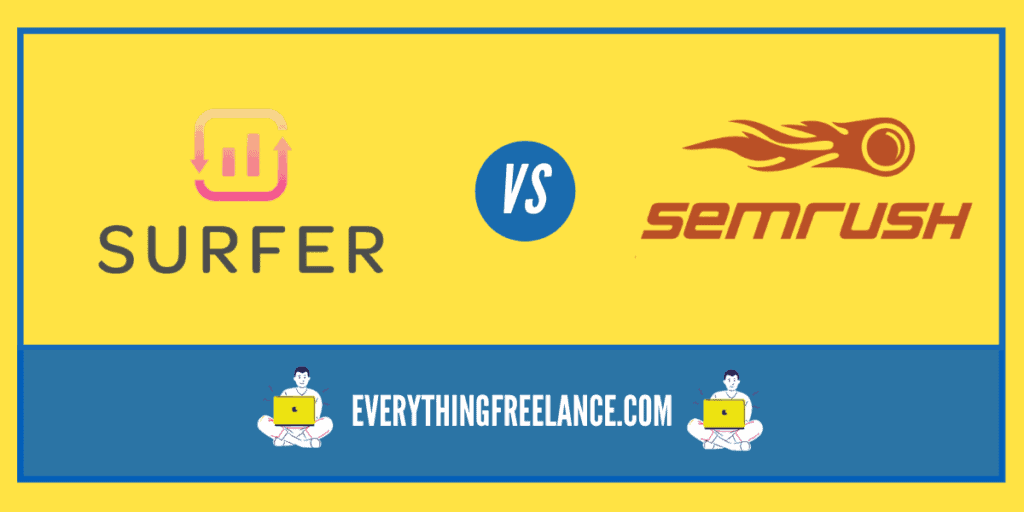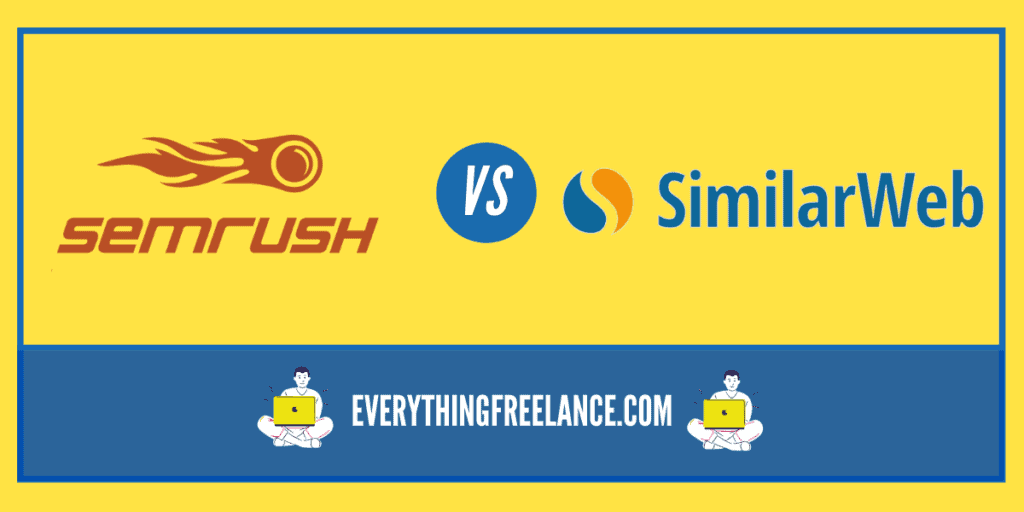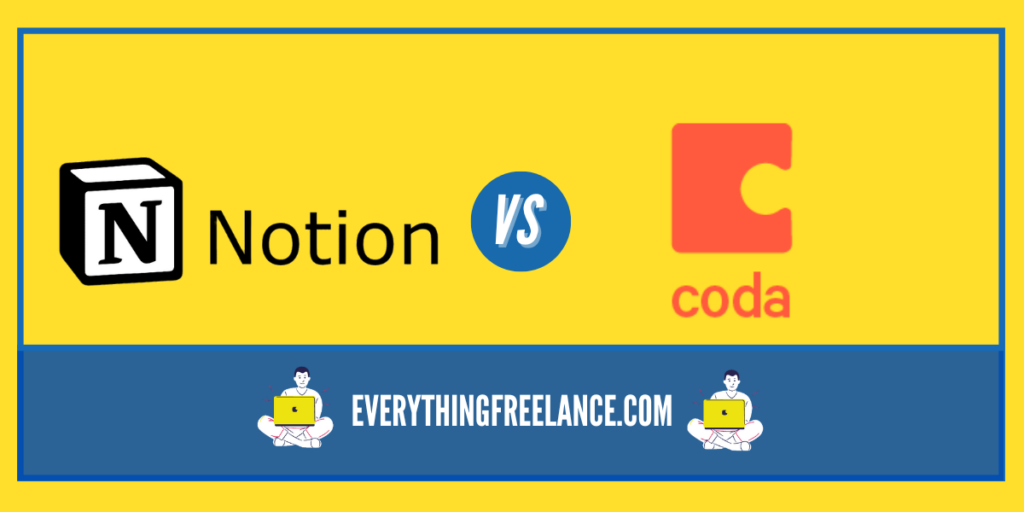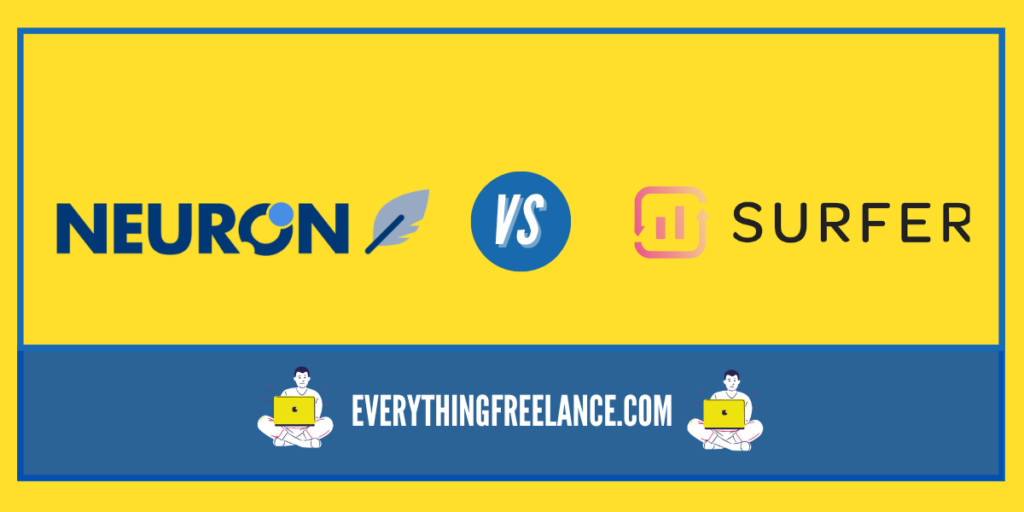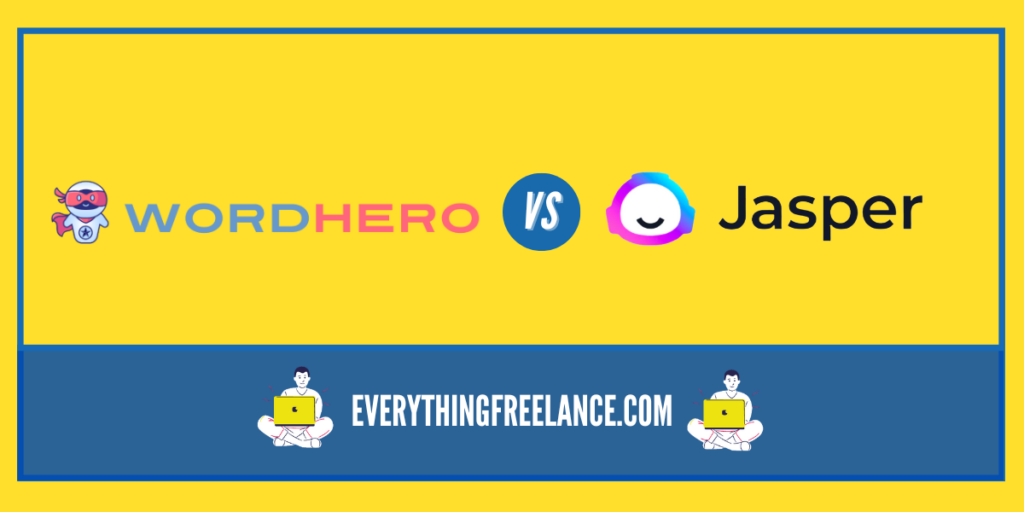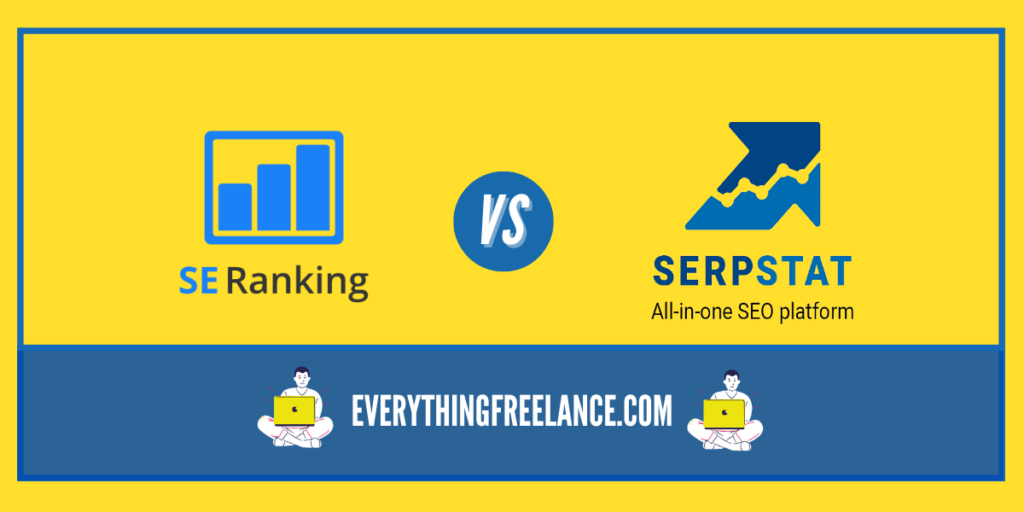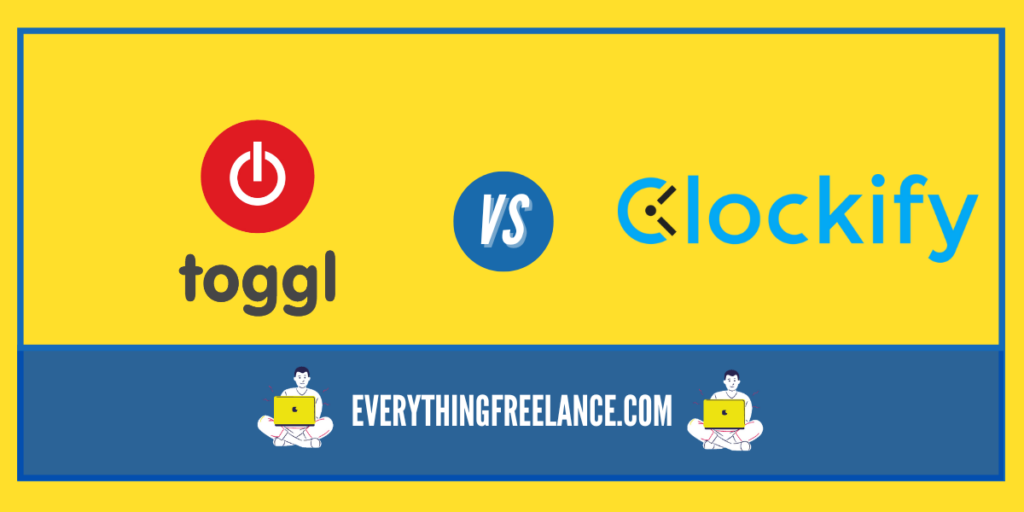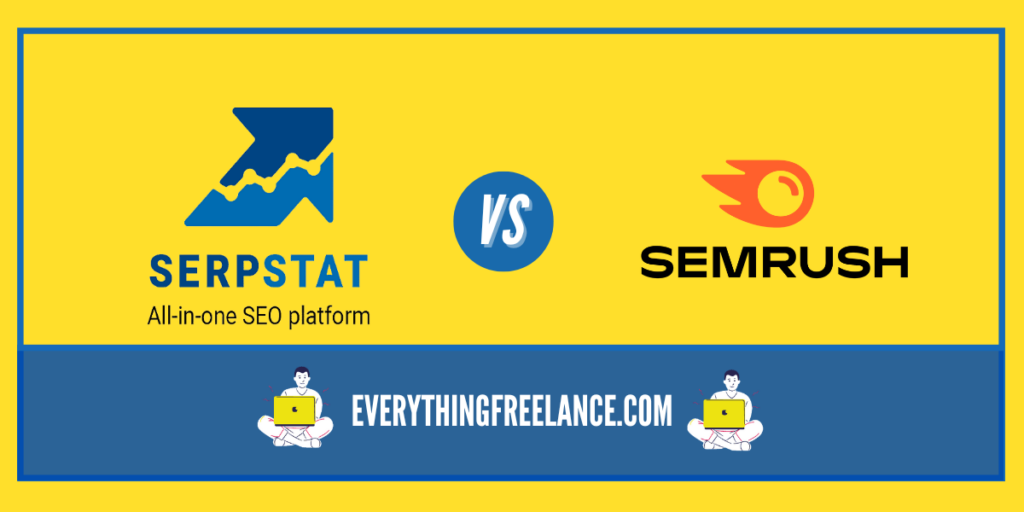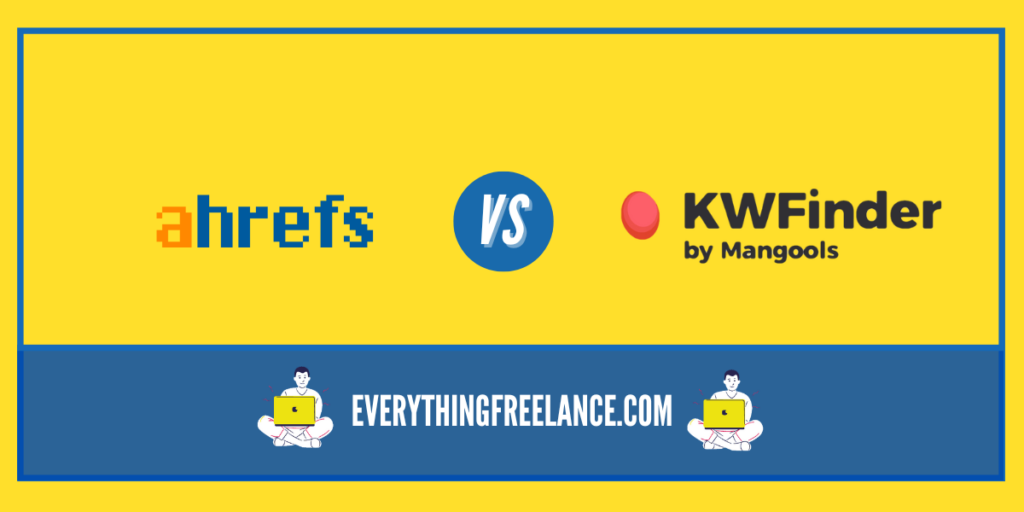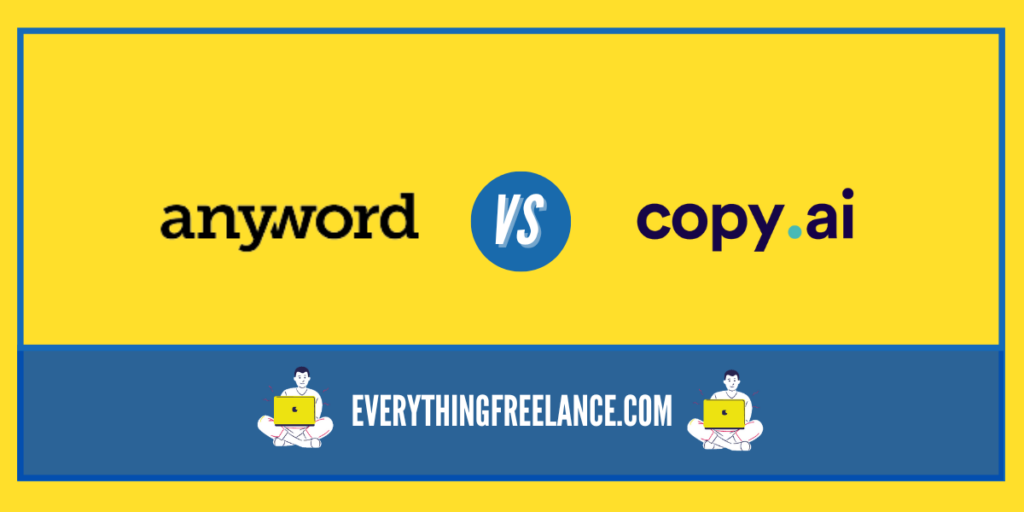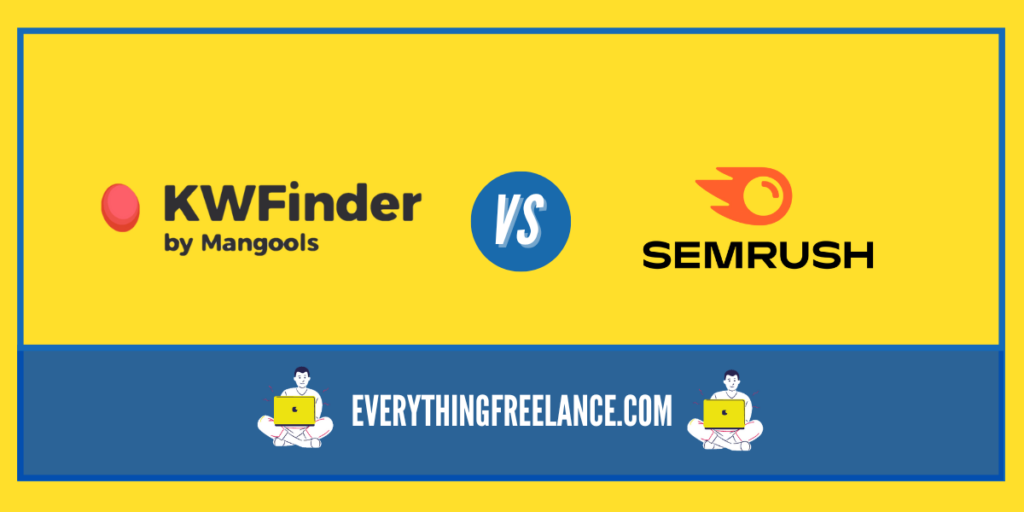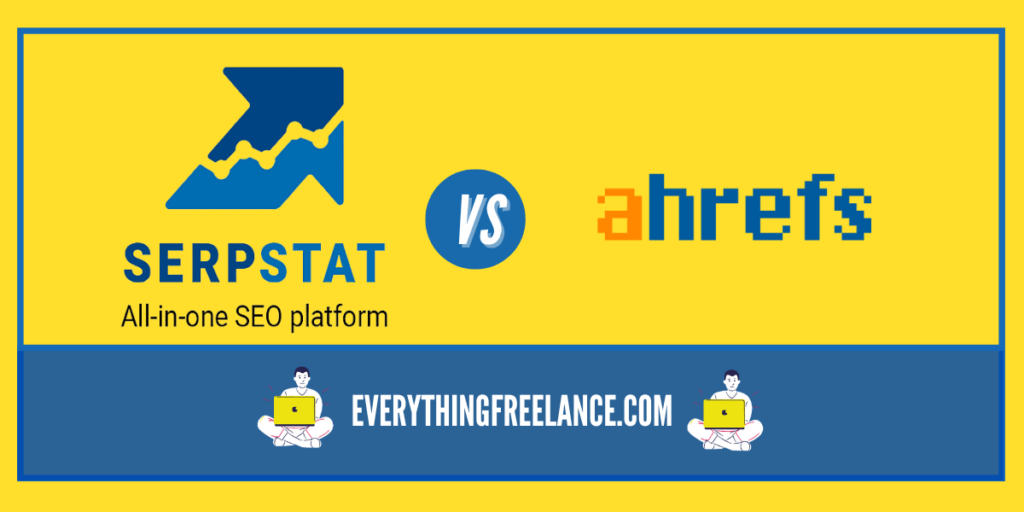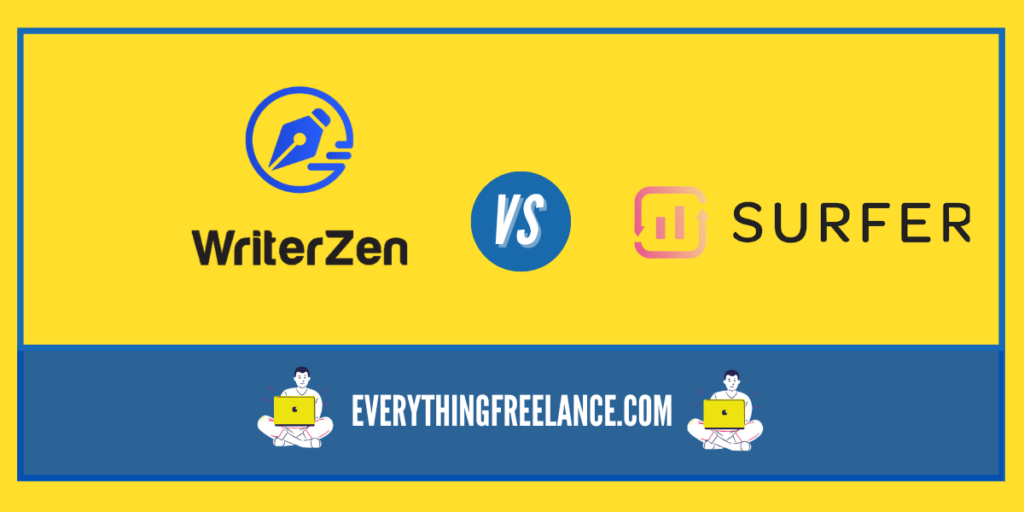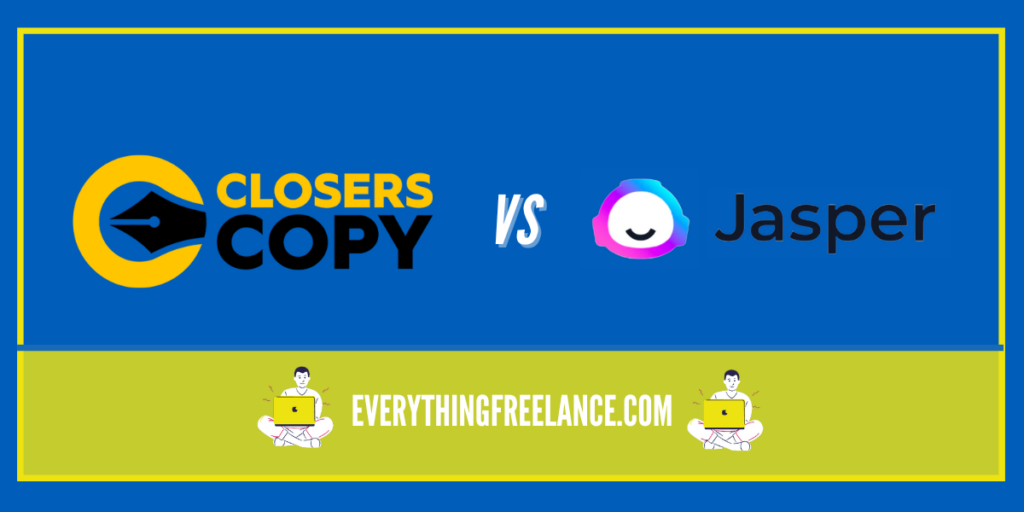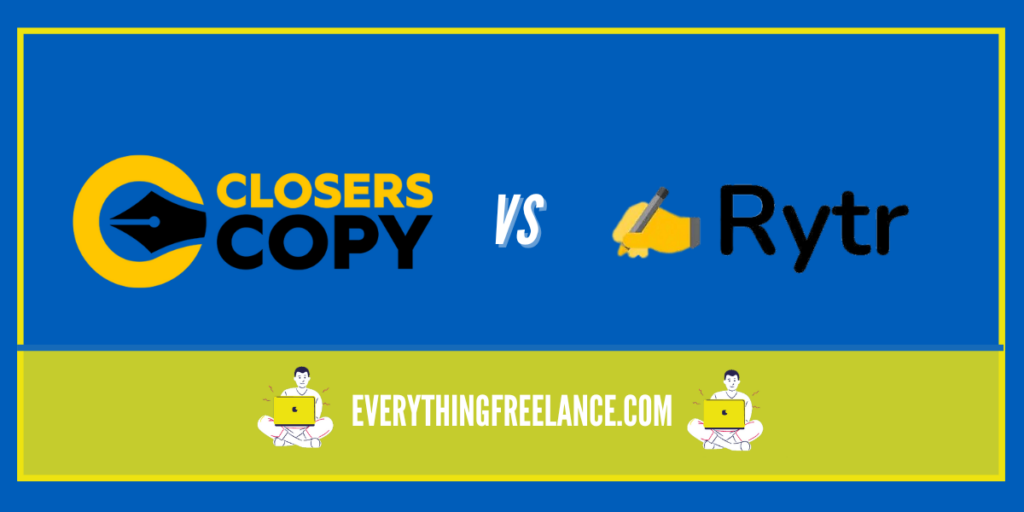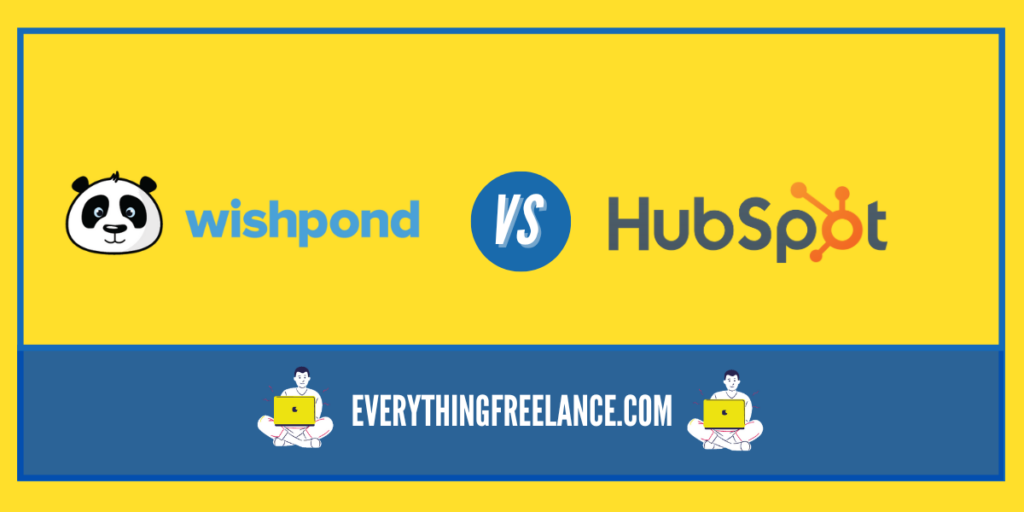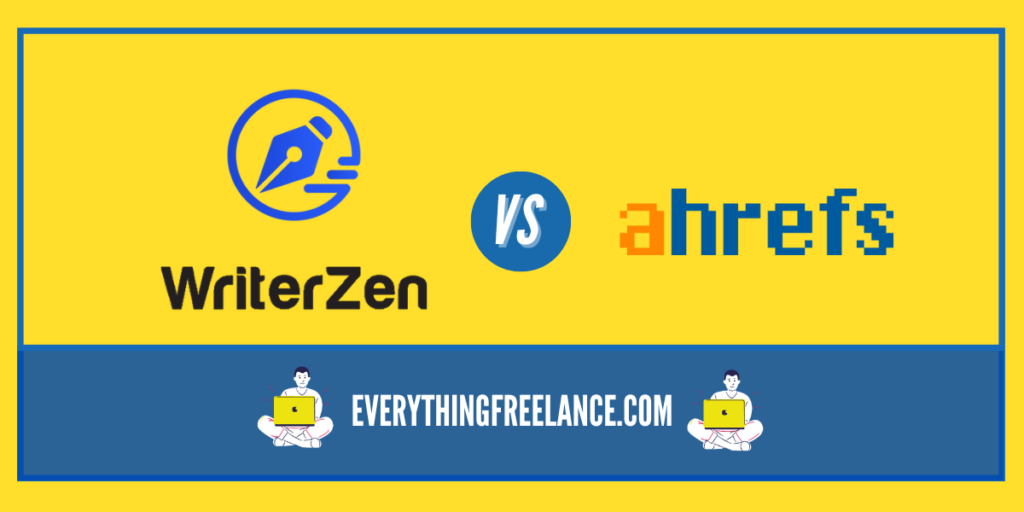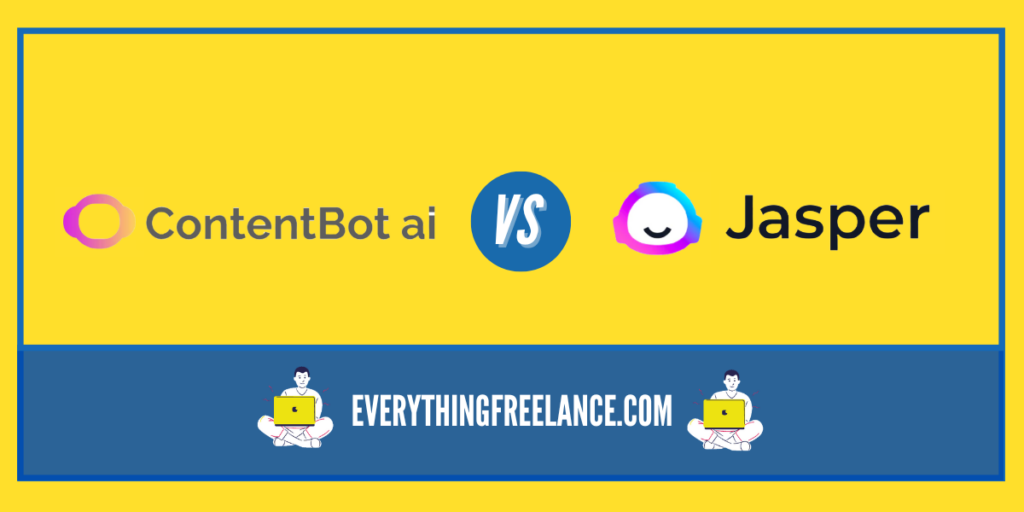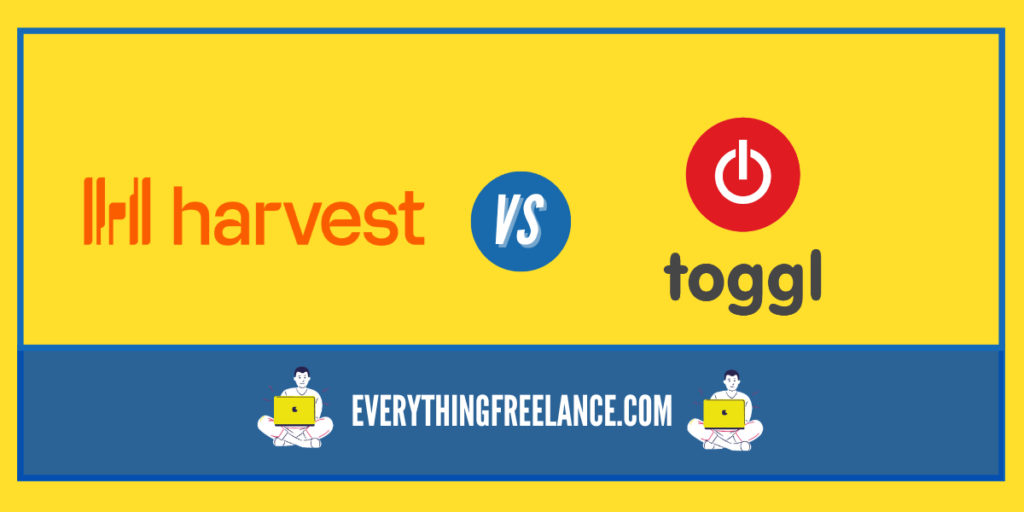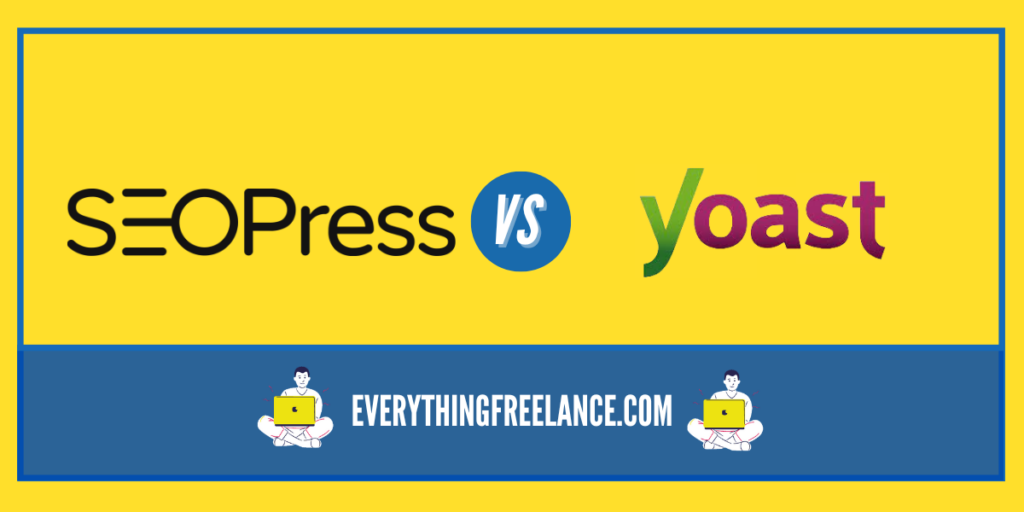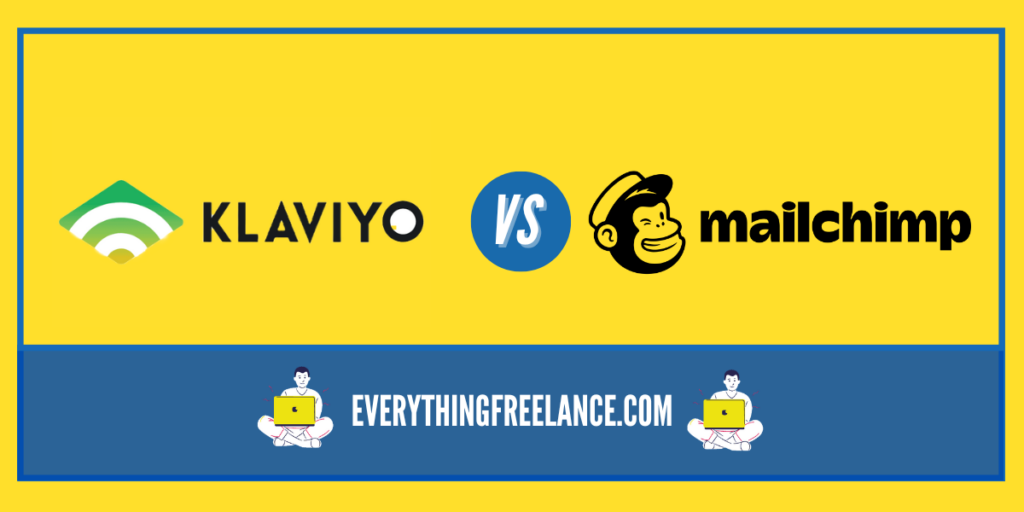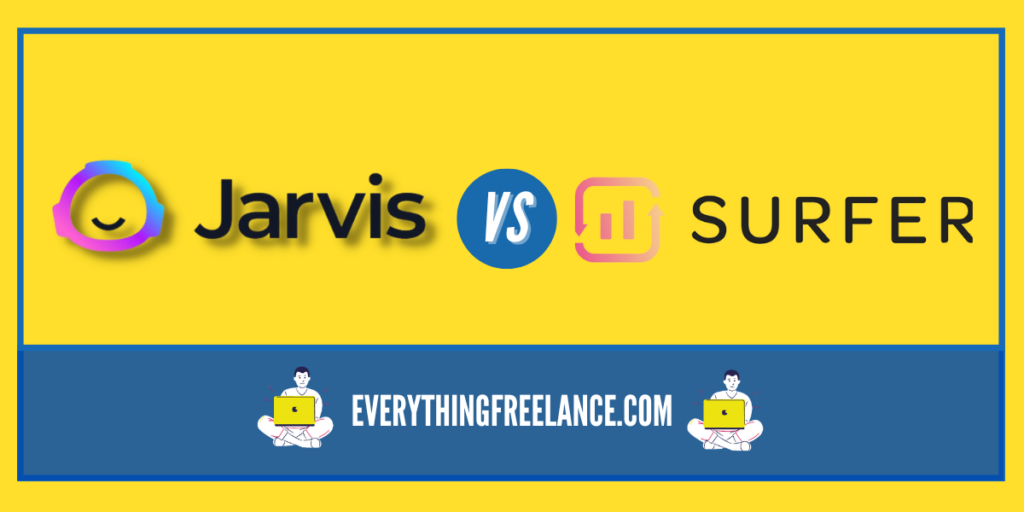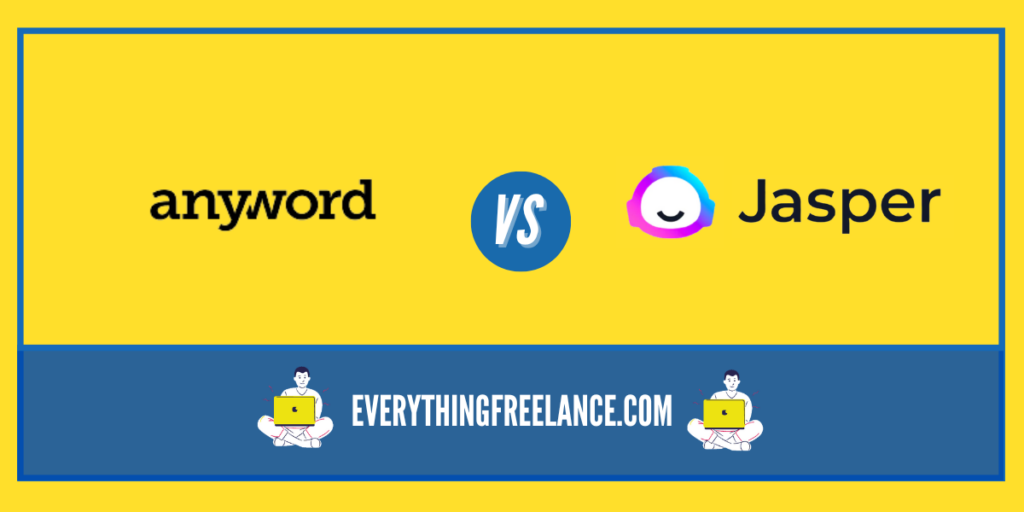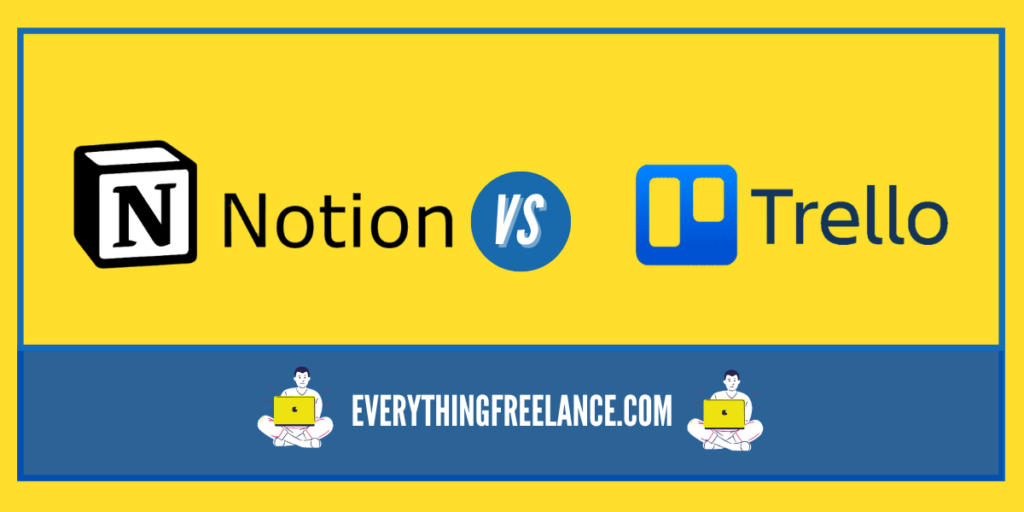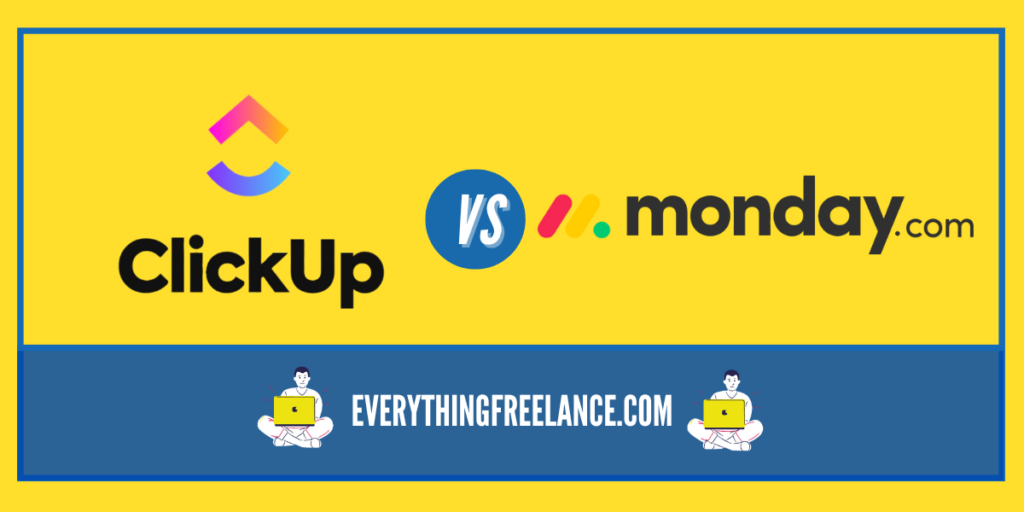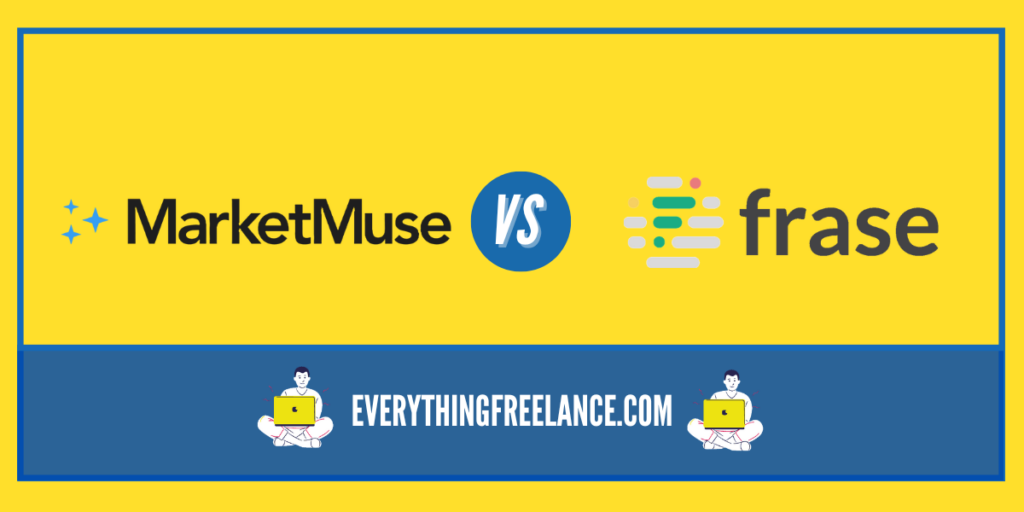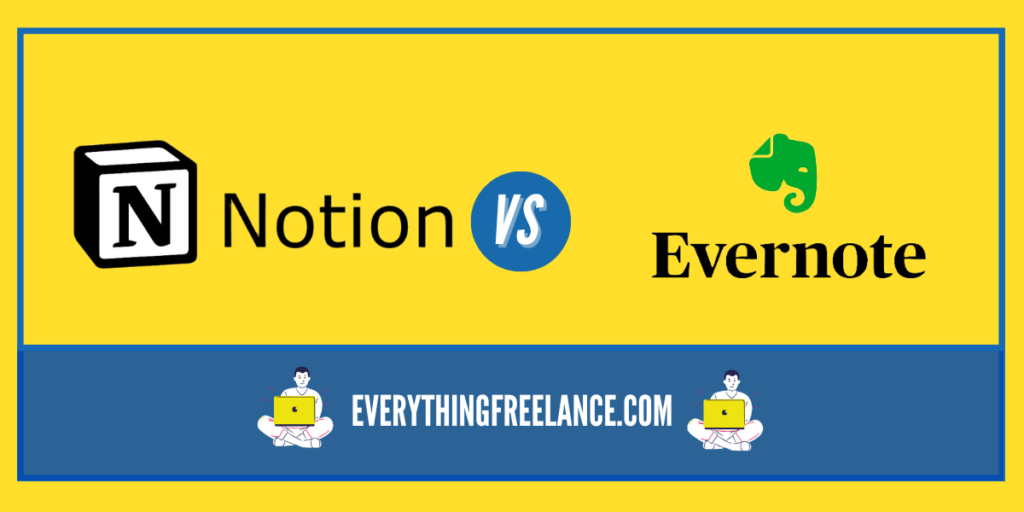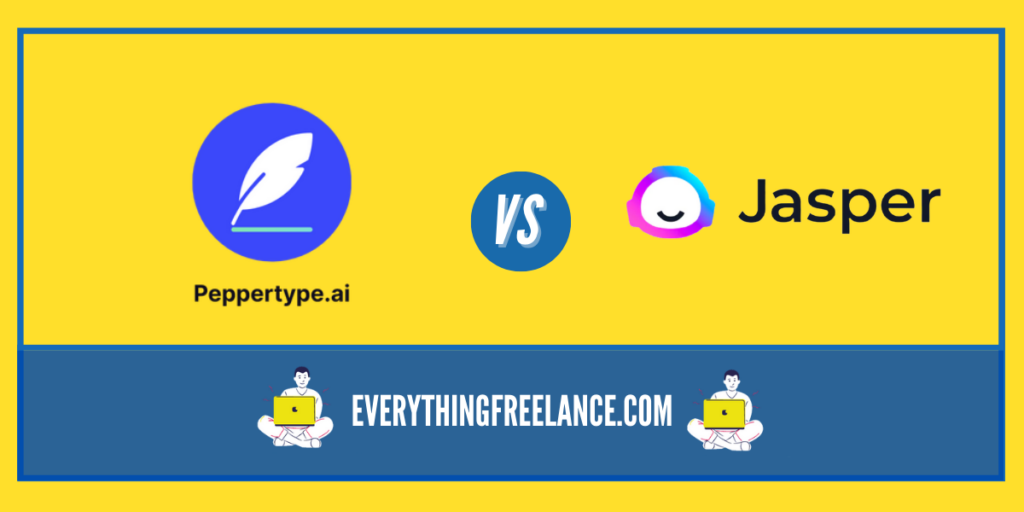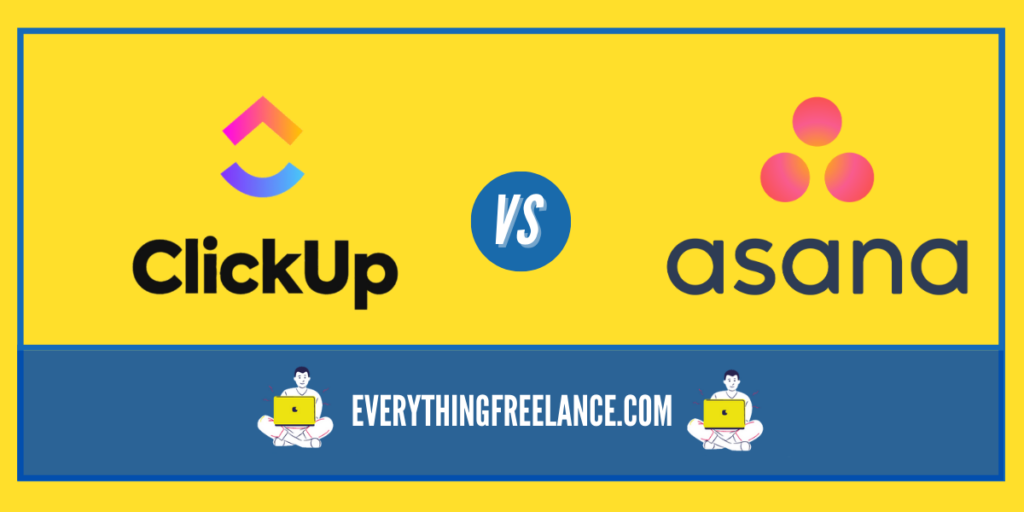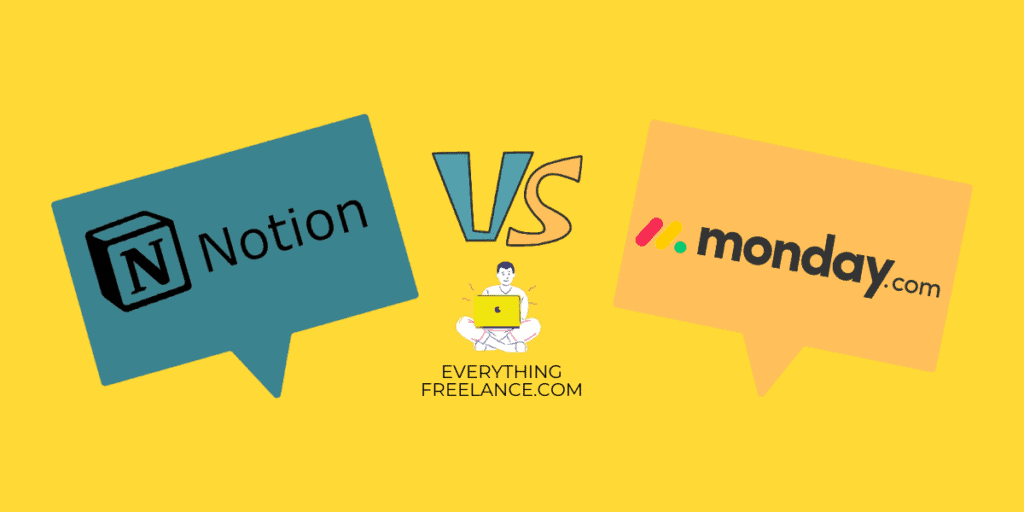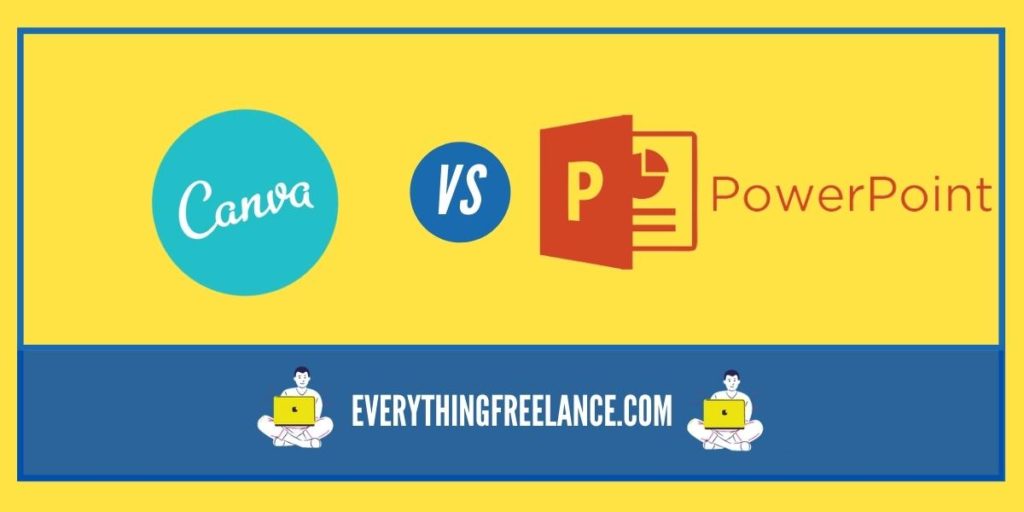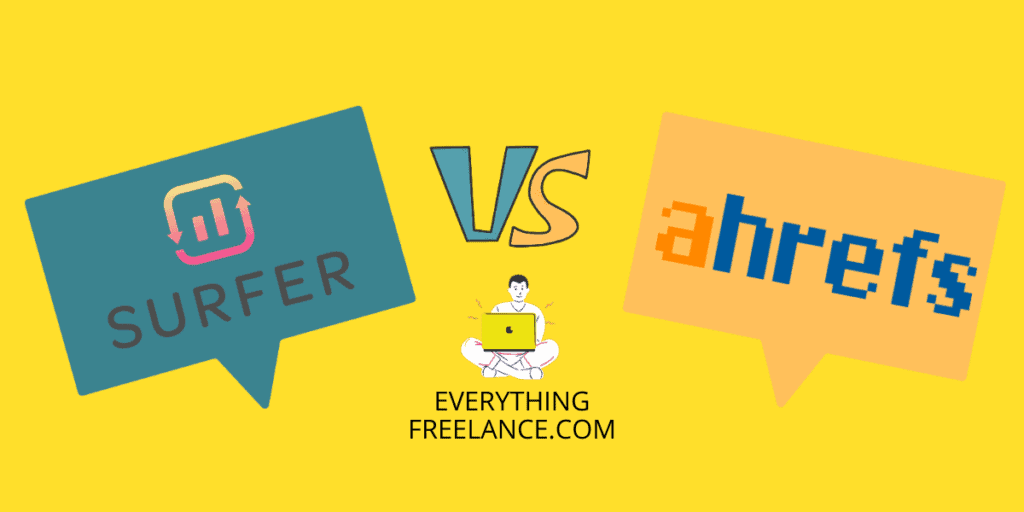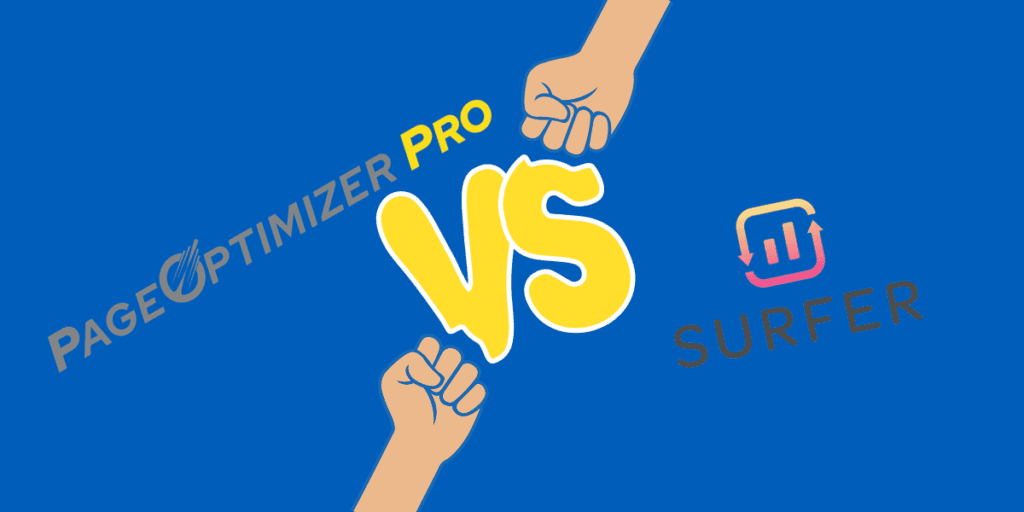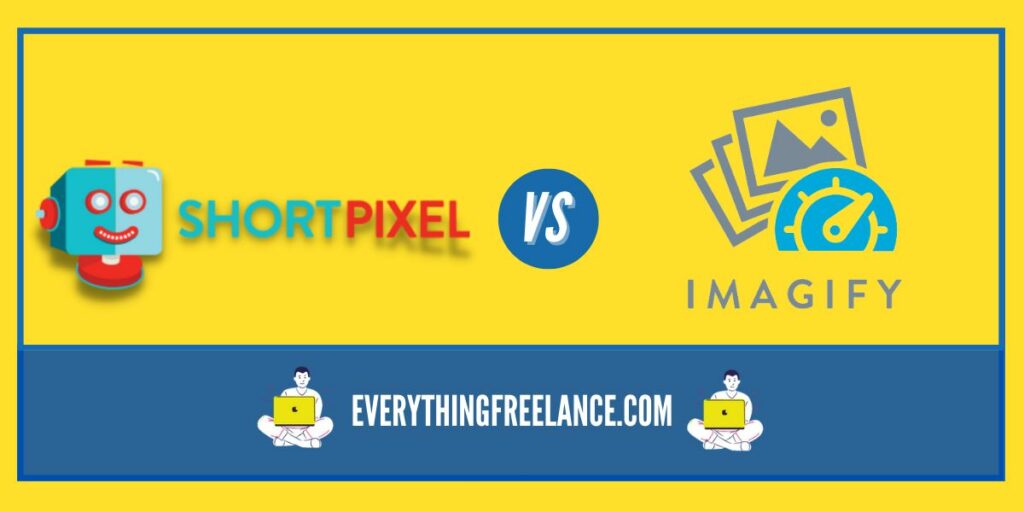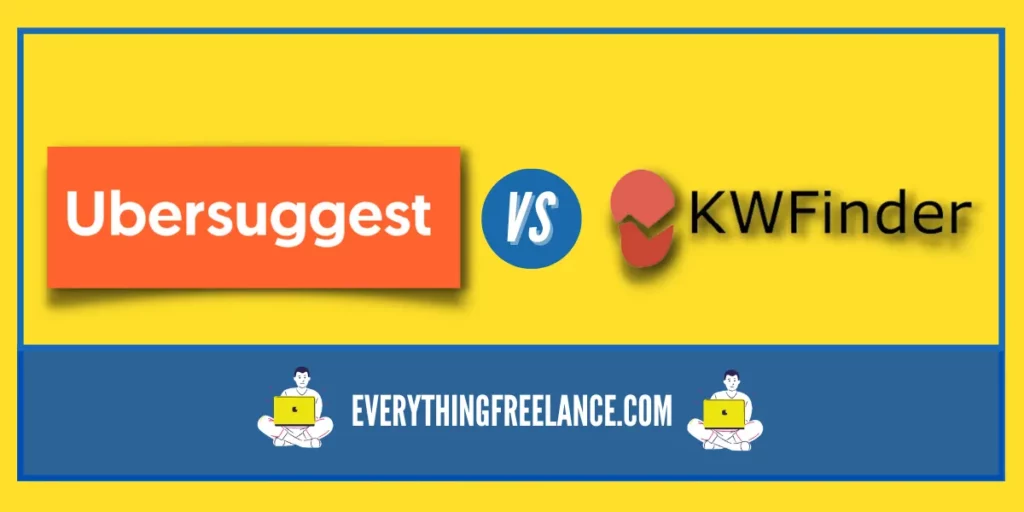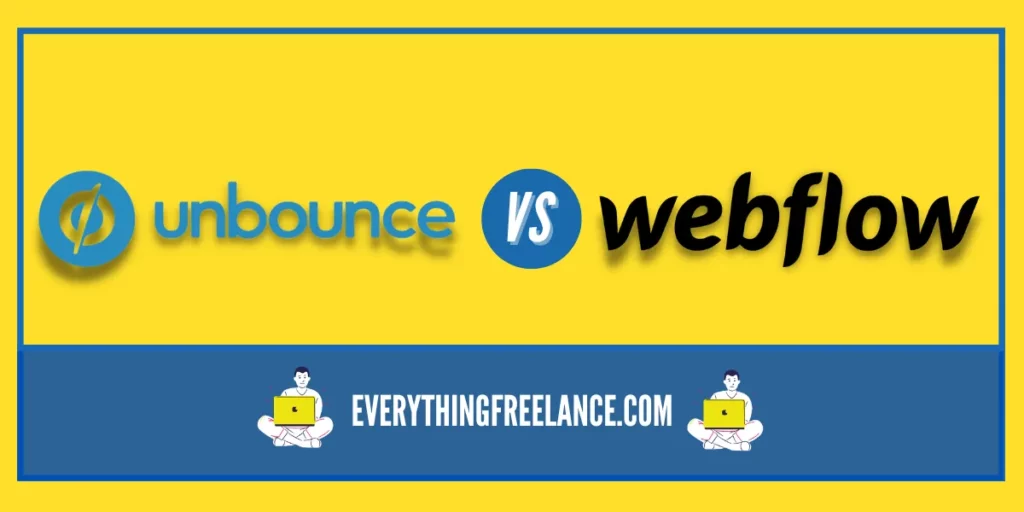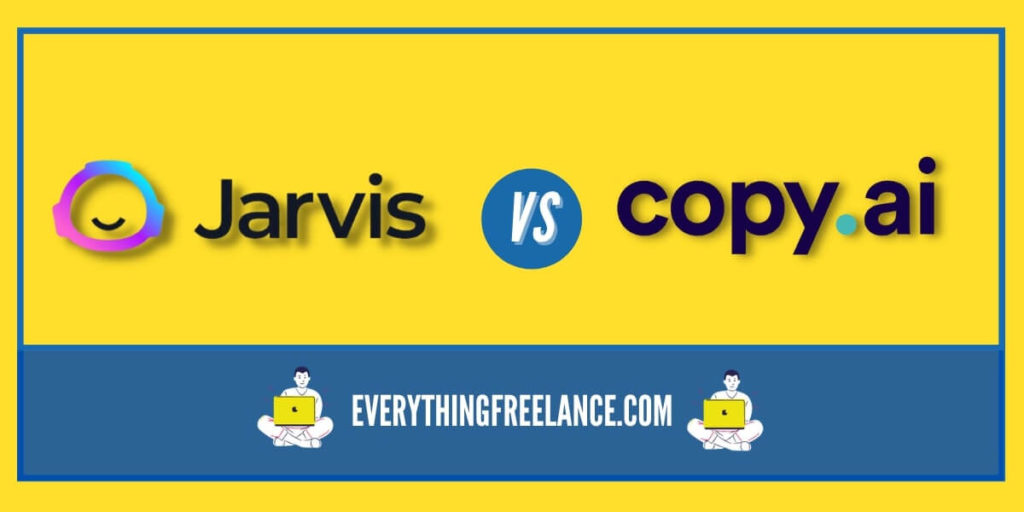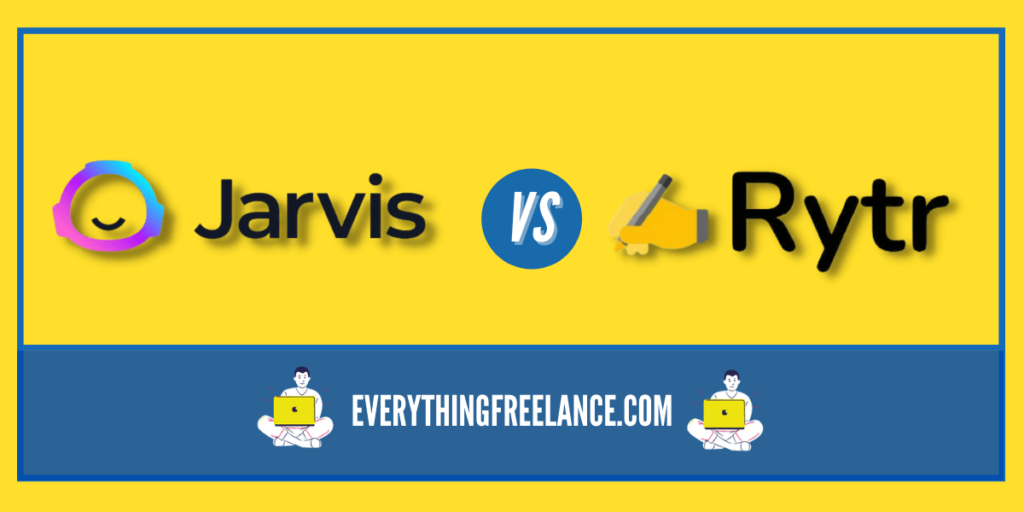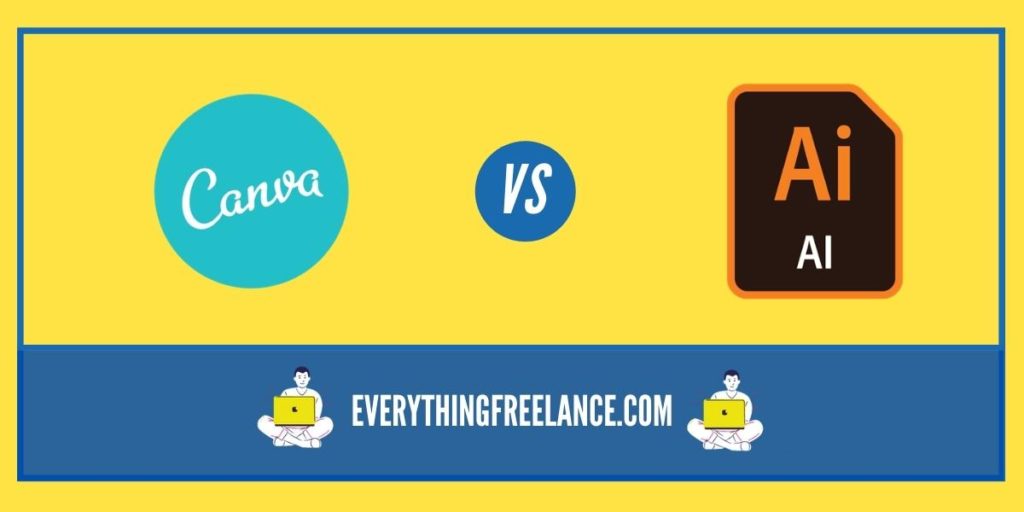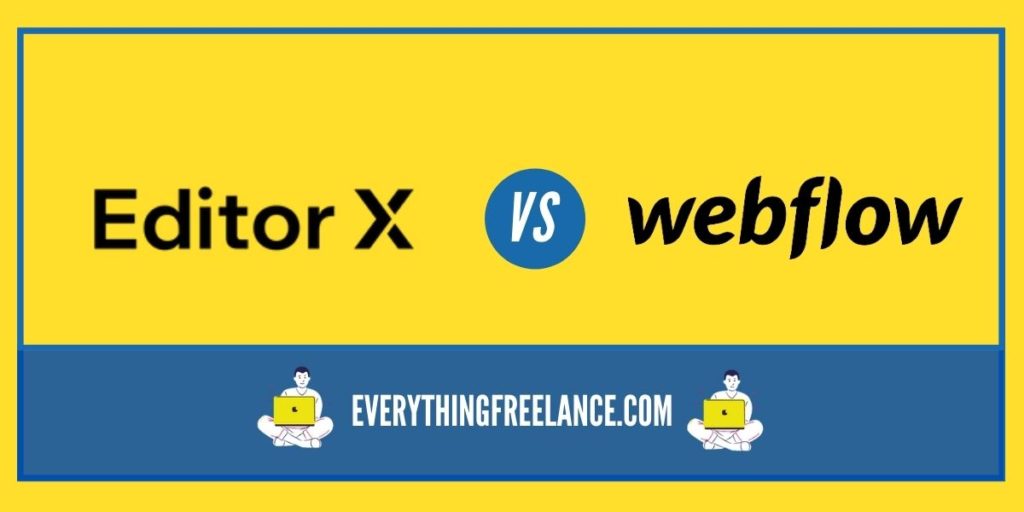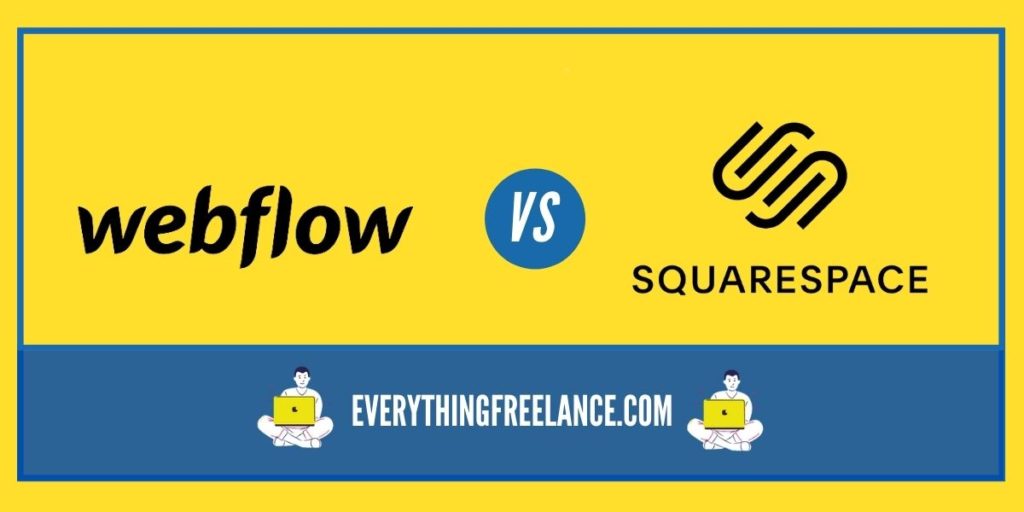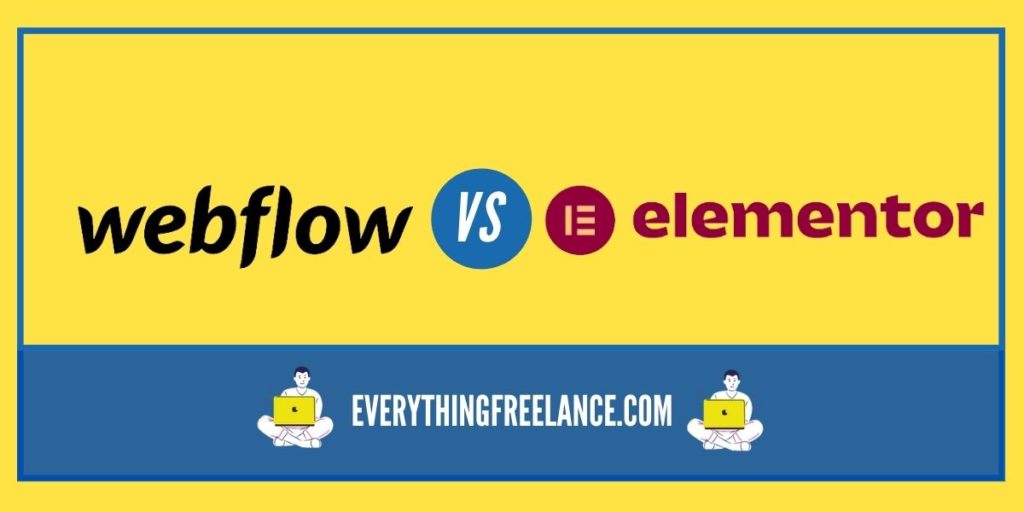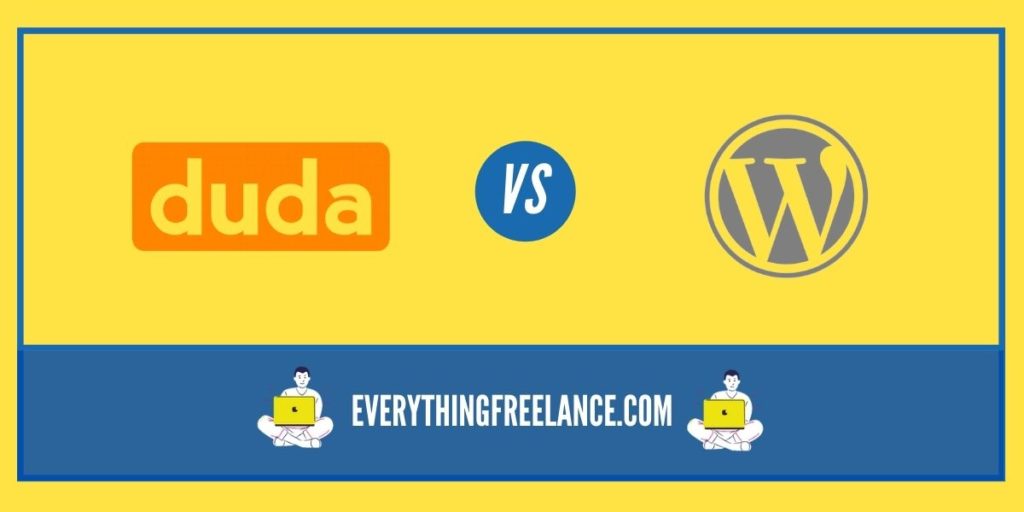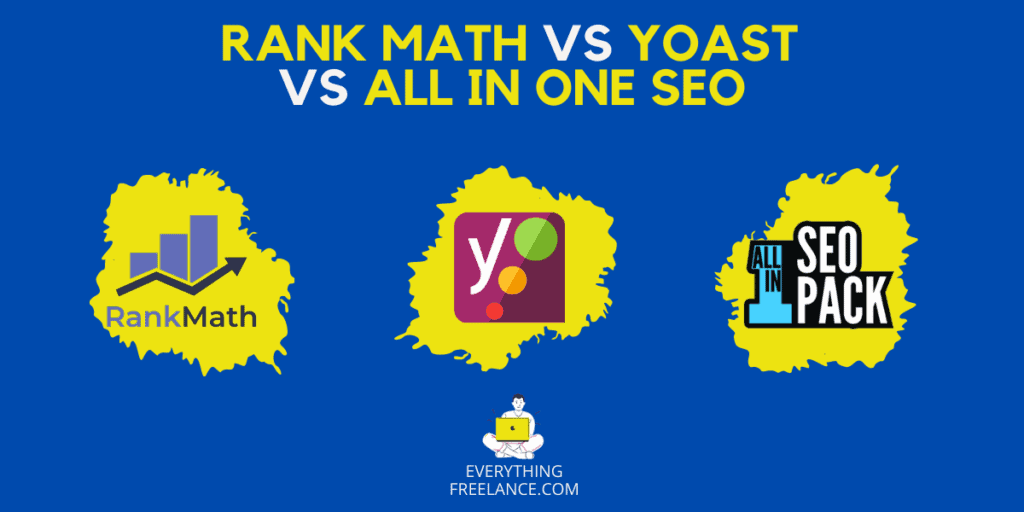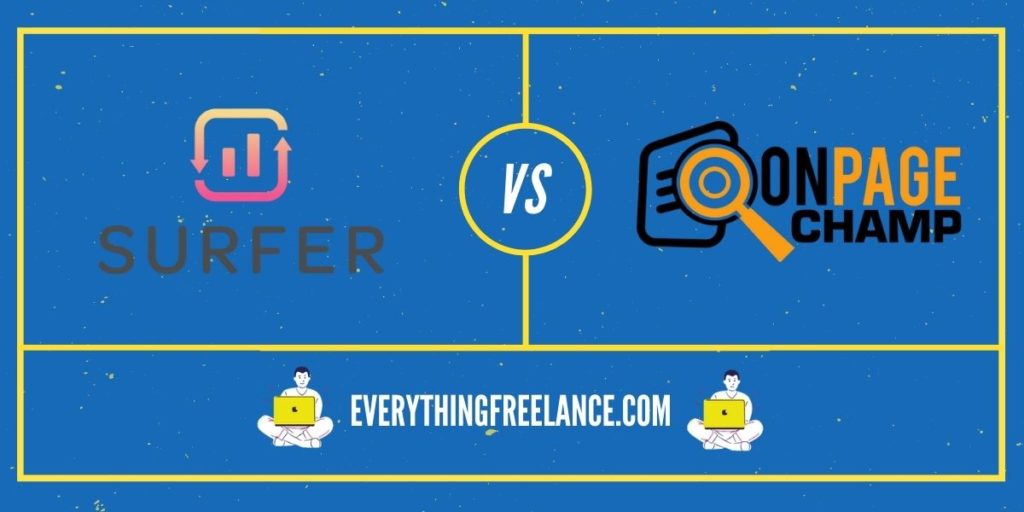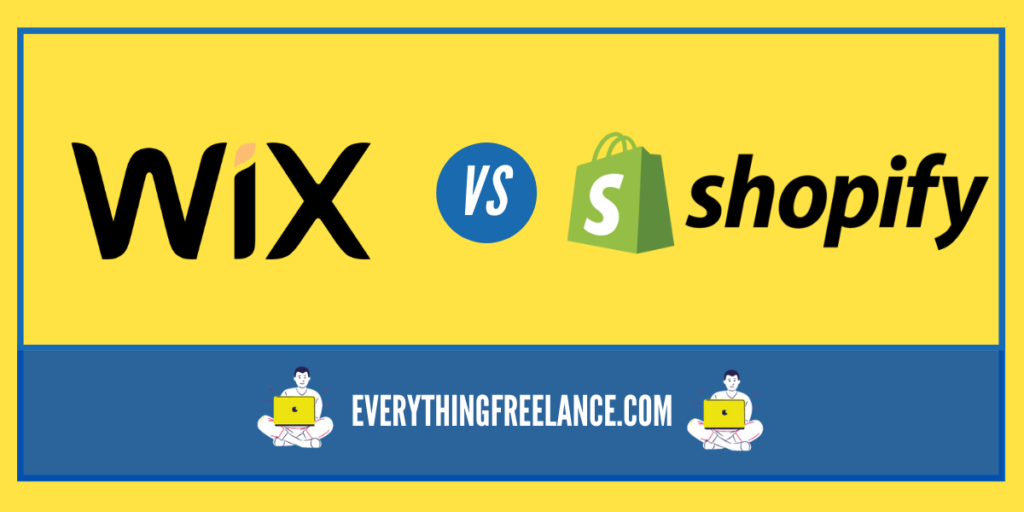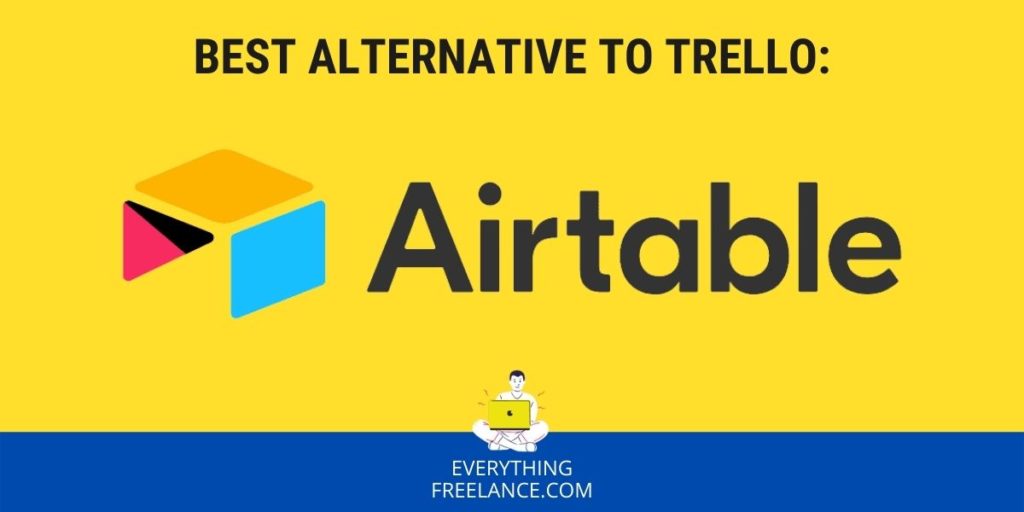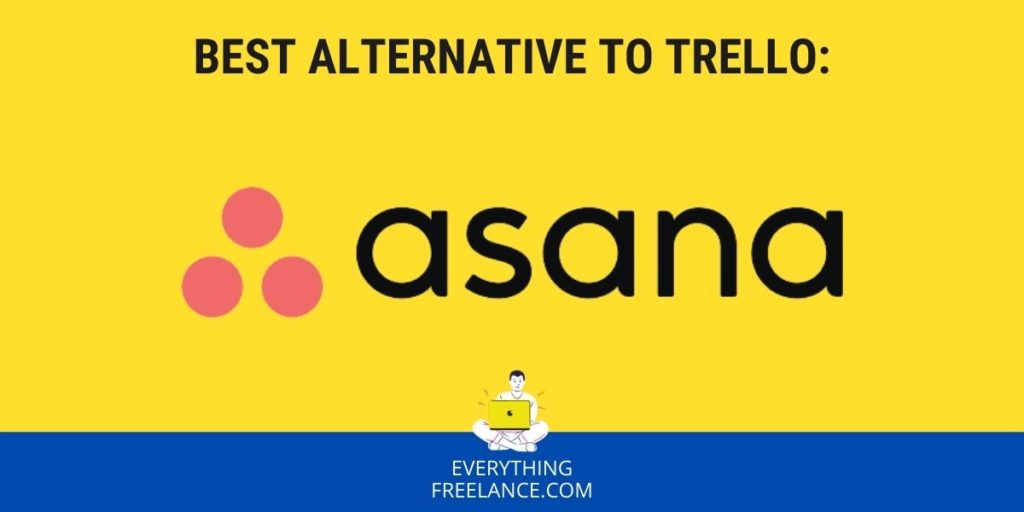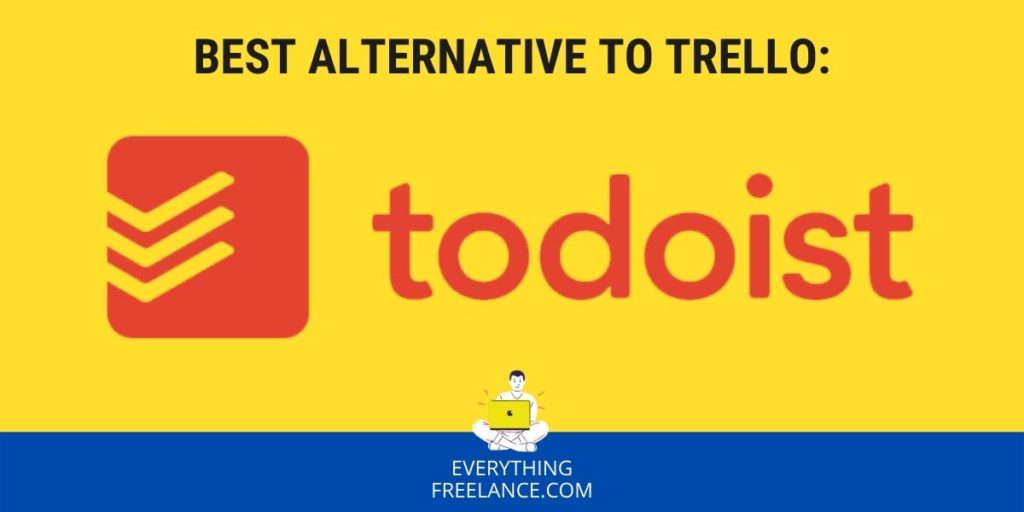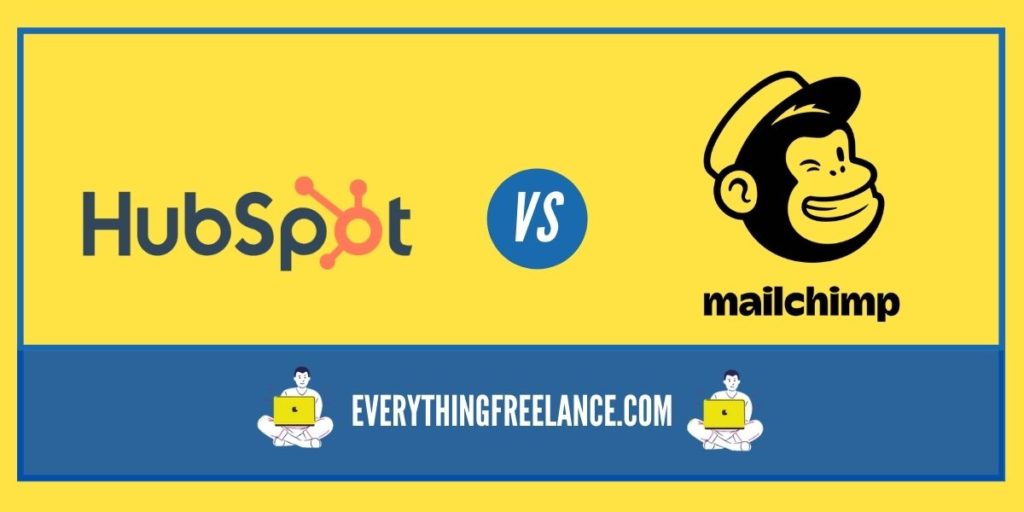MailChimp is a marketing platform designed to help you build your business and keep it growing. The platform allows you to reach the correct target market, create better content, automate your marketing, and take action with the insights they provide for you. Does MailChimp provide the best marketing service, though?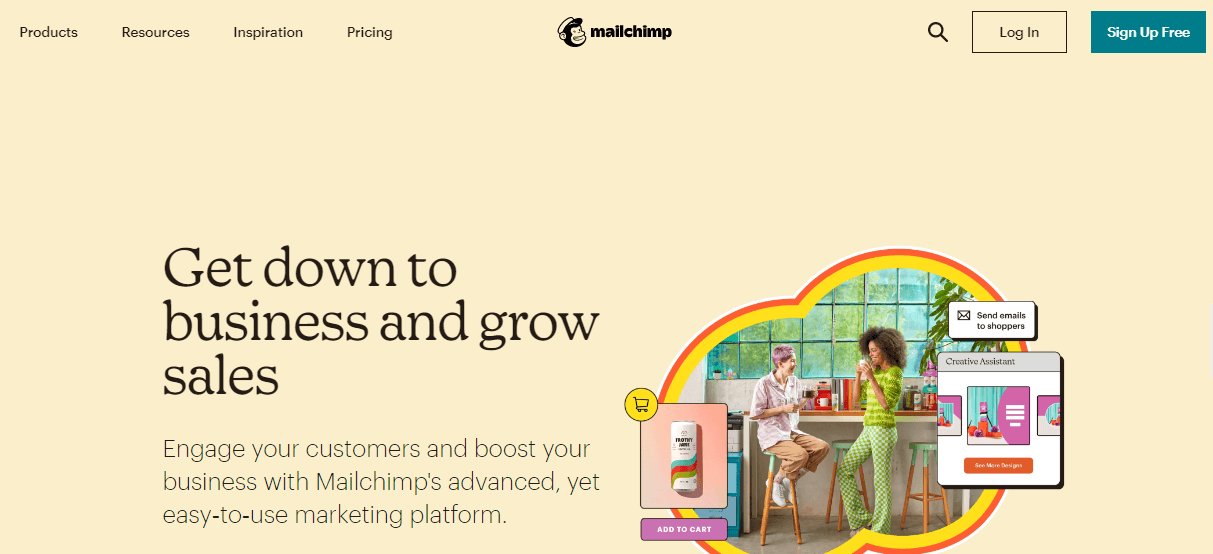
Aweber is another marketing platform available to you and your business. The company offers a powerful yet simple email marketing service that does most of the work for you. The platform it provides allows you to create intriguing content, provide industry-leading deliverability, and help your business grow to its full potential.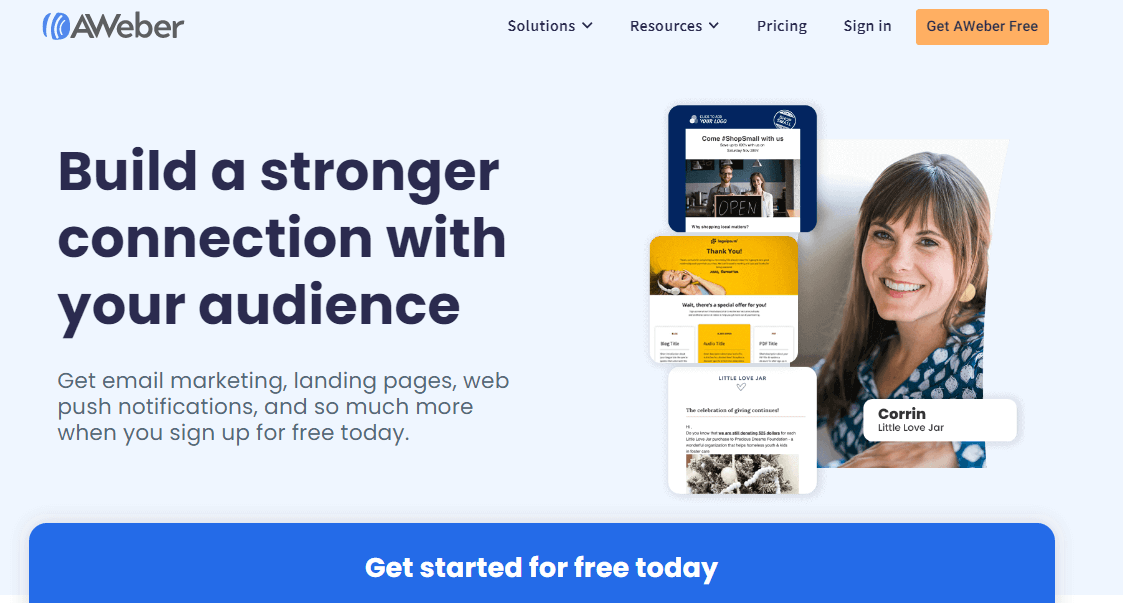
Platforms such as Aweber offer a very similar service. How do they fare in comparison to MailChimp, though? These two platforms are the two best email marketing services currently available to you and are perfect for small businesses.
Choosing between these two platforms can be difficult, and due to this, we are going to compare them in terms of their pricing and free plan, available platforms, features, and integrations. The decision on which email market tool you choose for email marketing strategy for your business should directly correlate to the goals and vision you have for it. Let’s dig into Aweber Vs MailChimp.
Pricing and Free Plan
Pricing is an area of utmost importance for most businesses, and you do not want to be spending more on service than is necessary. When breaking down the pricing options available by these two platforms, they both succeed in different areas.
Aweber Pricing
Aweber offers two types of pricing plans to email marketing, namely the Free plans and Paid plans. Should you choose to utilize the free plan for your business, you have access to most of the features provided by the platform as long as your email list consists of 500 or fewer subscribers.
Aweber Paid pland, on the other hand, charges your business for hosting and an email list based on the number of subscribers that you have. The fee that it charges is a monthly charge and increases as the number of subscribers you have increased. The pricing is as follows:
- Free Plan: $0.00/month
- Lite: $12.50/month Billed annually
- Plus: $20.00/month Billed annually
- Unlimited: $899/month Billed monthly
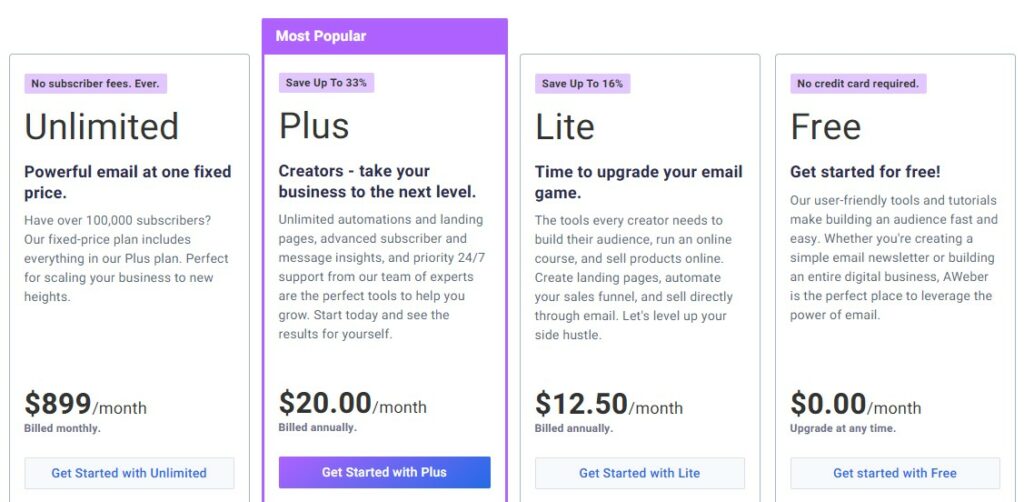
Should your business’ subscriber list exceed 25,000 subscribers, then you need to contact Aweber for a quote suited specifically to your needs.
MailChimp Pricing
MailChimp offers four plans, with each consisting of a different set of features and the cost being dependent on the number of records you have. It offers one free plan and three paid plans. MailChimp plans include the free plan, essential plan, standard plan, and premium plan. The pricing for these plans is as follows:
- Free
- Essential Plan: From $9.83 per month
- Standard Plan: From $14.48 per month
- Premium Plan: From $284.46 per month
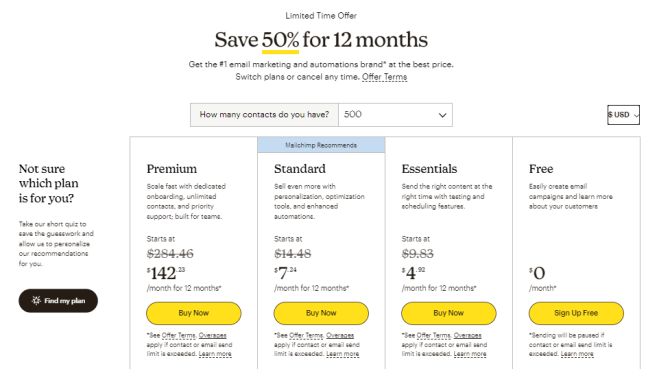
MailChimp separates its plans by the features offered in each tier. Each of the features is accessible in certain tiers, with the higher paying plans having access to the highest tier access of the features. The features that MailChimp offers are:
- The number of subscribers on your list: On the Free plan, you can have up to 500 contacts on your list. You can have up to 50,000 contacts on the Essential plan and up to 100,000 on the Standard plan.
- Account users: Should your business utilize the free plan; you are limited to one user. This number increases to three should you use the Essential plan, and five should you choose the Standard plan. The Premium plan places no limits on the number of users who have access.
- Send limits: The number of messages that can be sent is dependent on the plan to which you subscribe. This number can vary from 10,000 on the Free plan to 3,000,000 on the Premium plan.
- MailChimp customer service: Only those who utilize paid plans have access to customer support provided by MailChimp. This support can be through email support or online support. Phone support is a feature that is only available to Premium plan users.
- Reporting: Basic reporting features are available to all plans. However, the most sophisticated reporting features are only available to those who subscribe to the Premium plan.
- Advanced segmentation: This is a feature only accessible by those using the Standard and Premium plan.
- Advanced split testing: This is another feature available only to those subscribed to the Premium plan.
- A/B testing: This is a feature that is available to all plans except for the free plan.
MailChimp also offers an option for users who do not intend on emailing their email list regularly. This option is a Pay as You Go plan, whereby the user pays a set fee per email sent. The pricing of this plan changes based on location, and the features you have access to are the same as the Essential plan.
It is interesting to note that Aweber currently does not provide a service such as this, nor anything similar.
Which Option is More Cost-Effective?
Should you only need to use either product to send occasional emails to a relatively small email list, then MailChimp works out to be the slightly more cost-effective option for you. Once your mail list exceeds 20,000 subscribers, Aweber’s plan becomes the cheaper option of the two.
MailChimp Free Plan
MailChimp’s free program is one of its best-selling points. It allows you to send newsletters to a mail list of 1,000 subscribers. Although the email service providers are being given for free is already a major bonus, there are some drawbacks to this plan. The disadvantages of this plan are:
- It is ad-supported, and the MailChimp logo is going to be on your footer.
- E-newsletters cannot be automated by autoresponders.
- Split testing is unavailable.
- Custom-coded email templates cannot be used.
- No support is included in the plan.
Aweber Free Plan
Aweber has also introduced a free account plan, that in some ways, provides you with more features than MailChimp and, in others, gives you less. The platform provides you with most of the functionality they provide for free. Where they give you less than MailChimp, is that their free mail list is only allowed to consist of 500 contacts or less. The Aweber open plan is also ad-supported, just like MailChimp’s free plan.
Available Platforms
Both these marketing tool platforms are available to any individual or business looking for an easy way to conduct email marketing. Both platforms offer good open rates and are considered the two frontrunners in email marketing services. Both platforms are also extremely user-friendly, meaning you should become familiar with how they work fairly quickly.
Sign-up forms for these platforms can be found on their respective websites. Each platform offers a very well-delivered service. This service includes marketing automation and eye-catching landing pages. Both services are well worth the investment for your business, and the one you choose should reflect which is better suited to your organization’s size and needs.
Features
Both MailChimp and Aweber have features incorporated into their platforms to ensure the best marketability for your business. These features range from customizability and the ability to choose custom templates, split testing, and advanced segmentation. Some features are often only available to those businesses who pay for them. This is, however, what distinguishes Aweber from MailChimp.
Aweber provides you with more access to the functionality on offer, sending limits hidden behind higher monthly subscription fees. On the other hand, MailChimp allows you to have higher send limits but limits you in terms of the features that can be accessed. These features can be unlocked by choosing to subscribe to one of their higher paying plans.
The features offered by these platforms are:
- Autoresponders and marketing automation
- Templates
- Web Fonts
- AMP for email
- Opt-in processes
- Data Segmentation
- Split testing
- Reporting
All of these features are discussed below in more detail to determine which platform gives you better access through these features.
Autoresponders and Marketing Automation
Autoresponders can be defined as newsletters or email campaigns that are mailed to your subscriber list at predetermined intervals. An example of how this works is that when individuals sign up, they may receive a welcome newsletter, a week later another one, and two weeks later, possibly a promo code.
The idea behind autoresponders is that your email marketing campaigns becomes automated in a sense. It eliminates you having to manually send the emails, although this can still be done should you wish to do so. Both MailChimp and Aweber allow you to create time-based autoresponders for email campaign.
Aweber’s autoresponder interface is slightly easier to navigate and use. MailChimp’s can be somewhat more complicated due to the inclusion of more options.
Marketing automation works very similarly to autoresponders. They are similar because, in both, emails are sent according to a predetermined occurrence of events. The difference is that marketing automation uses user behavior to determine which emails should be sent next rather than time periods.
When it comes to marketing automation, MailChimp offers much more functionality than Aweber. A wide range of predetermined workflows can be selected from, or you can create your own goals that you define. If you are looking for a very basic drip campaign, then Aweber would work out cheaper, at the functionality cost.
Templates
Both Aweber and MailChimp offer a variety of email templates. These templates are designed to be suited to many different organizations and applications. Aweber does offer a wider variety of templates than MailChimp. Both platforms do allow you to create custom templates, as well as edit pre-existing ones. To do so on the MailChimp platform, you have to subscribe to the Premium plan.
It can be argued that MailChimp’s template quality does appear to be more contemporary than those offered by Aweber. This difference is not drastic, however, and opinions may differ from individual to individual.
Web Fonts
Both platforms allow you to make use of web fonts. Not all other leading email marketing software tools and platforms will enable you to do this, often limiting you to basic fonts. This feature is very handy as it allows the newsletter’s look and feel to be greatly improved. Brand consistency can also be achieved through the use of a specific font.
Aweber does offer one additional typeface that MailChimp does not. This typeface is Permanent Marker. Aweber offering this extra font allows it to edge ahead of MailChimp in terms of this feature.
AMP for Email
Where Aweber does have a clear victory over MailChimp is by offering AMP for email. What AMP for email allows is for the individual receiving the email to complete certain actions from within the email. This feature also allows the sender to incorporate dynamic and live content into the email.
The dynamic nature of the email, which AMP allows for urges recipients to return to the email due to their more engaging nature.
Opt-in Processes
When adding subscribers to an email list, this can be done in two ways—either a single opt-in or double opt-in process. The single opt-in process allows individuals to subscribe by completing the sign-up form instantly. The double opt-in method requires the individual signing up to receive a confirmation email and confirm their email address.
Both MailChimp and Aweber allow users to choose from either of these processes, allowing for flexibility.
Data Segmentation
Both platforms allow you to create segments based on your preferred criteria. They don’t, however, allow you to send multiple segments at the same time. These two products may not be suited for your business if segmentation is high on your list of priorities due to this.
MailChimp does allow for some advanced segmentation. However, this is only offered in their Premium plan. Aweber does allow you to send newsletters across multiple lists, which MailChimp doesn’t.
Split Testing
An important feature for any marketing platform is split testing. This feature allows you to try out different visuals or content and send these different versions to a percentage of your subscribers. After this, you can analyze the results and choose to continue sending the better performing variation.
Both these platforms allow for split testing allowing for up to three variants. Should you subscribe to MailChimp’s Premium plan, you can send up to eight variants giving it the edge in this department.
Reporting
Once again, both platforms do provide you with detailed statistics on the performance of your sent mail. MailChimp does have a better and more feature-packed user interface. The interface is set up in a very easy way to understand and makes getting specific pieces of information much simpler. MailChimp’s system includes a member rating system and the option to compare your list against industry standards.
Although Aweber does not offer these features, it gives you the option to create segments directly from reports. This feature can prove to be very handy in the long run.
Integrations
These platforms both integrate with major social and e-commerce platforms. Examples of these platforms are PayPal, Facebook, and Bigcommerce. MailChimp and Shopify no longer have an official integration.
MailChimp has a far wider selection of integrations available and is seen as the industry standard tool instead of Aweber. Aweber can still be used with these products. This may, however, require more configuration.
Where MailChimp gets the edge is that it is directly integrated with Facebook ads and your Facebook account. Facebook ad campaigns can also be run directly from your MailChimp account.
In Aweber integration, you have to manually upload to your list for subscribers to see your ads.
Which Is The Better Option?
Both platforms make a strong case to be the superior platform. The answer to this question is that the platform you choose has to be the one that offers the features most applicable to your business.
Both platforms are strong in different areas, and the choice you make should be the platform that is the most helpful for your online business.


